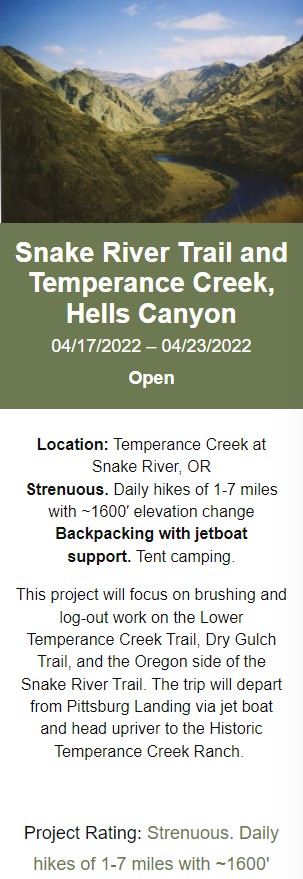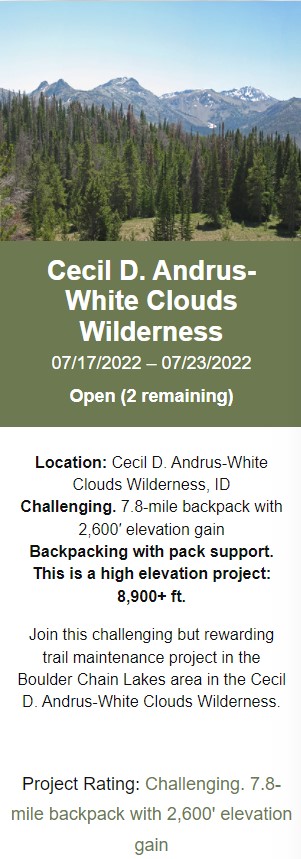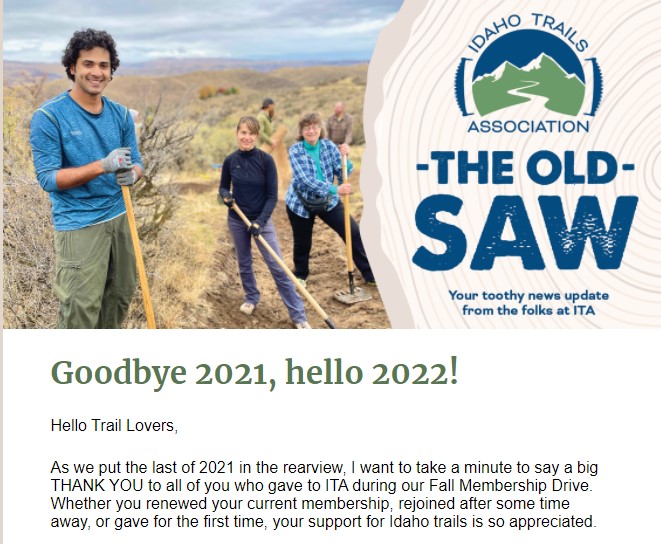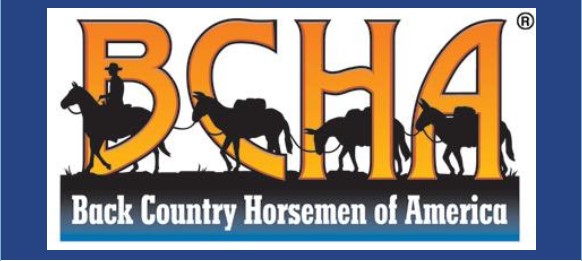
IMPORTANT NOTE: Please advise BCH members who wish to submit a US Forest Service Trail Partner Funding grant application to ensure their proposal is of a SIZE and SCALE to be competitive with applications submitted by other national organizations.
A grant application submitted by a single chapter for work on one or a few trails is unlikely to be funded. I encourage BCH members to join with other chapters or states to submit grant applications that are BIG and result in substantial work being done to reduce the amount of deferred maintenance of Forest Service trails (applications of up to $20,000!).
Your proposal will receive extra points if the work includes trail maintenance within one or more USFS Trail Maintenance Priority Area. See map at:
https://www.fs.usda.gov/managing-land/trails/priority-areas
The scoring for Trail Partner Funding grant applications weighs heavily on:
1. Miles of trail maintained,
2. Miles of trail deferred maintenance eliminated,
3. Number of volunteers engaged, and
4. Cash and in-kind matching funds.
The level of cash match is also scored in addition to in-kind match (volunteer labor, etc.). Even a few hundred or few thousand dollars of cash match will tip the scale toward higher grant application scoring. So avoid the minimum 1:1 match composed entirely of in-kind labor, stock days, etc. Throw in some cash to substantially increase your grant scoring/ranking by the grant review team.
And band together. Just as important, band together with hiking, biking and other trail organizations to submit a joint application–grant applications that benefit multiple trail user groups receive higher scoring! At a minimum, describe in the grant application how the work you are proposing will benefit hikers, backpackers, trail runners, climbers, hunters, anglers, bird watchers, etc. Submit state-wide projects or multi-state projects in order to increase the chances your projects will be funded (and try to squeeze in a Trail Maintenance Priority Area).
BCHA Chapter Grant – How to Apply – Starting in January of each year!
How and When to Apply for a Chapter Support Grant
1 – Grant requests can only be between $100 and $1,000 (maximum). If you are matching our grant with other grants or sources of money for a larger project, please state the other matching group(s) and the amount they are providing.
2 – Are you following one or more of our Mission Statements?
a – To perpetuate the common sense use and enjoyment of horses in America’s back country and wilderness
b – To work to ensure that public lands remain open to recreational stock use
c – To assist the various government and private agencies in their maintenance and management of said resource
d – To educate, encourage and solicit active participation in the wise use of the back country resource by horsemen and the general public commensurate with our heritage
Also, are you educating and encouraging youth in the proper use of America’s backcountry and any public lands, be it county, state or national?
3 – The application must be complete! Incomplete applications will not be considered. Dates for chapter support grant submissions are January 1 to March 15.
4 – If for some reason a grant recipient is unable to do the project, please contact the chairman at grants@BHCA.org to discuss your options.
Timeline
January 1 through March 15 – We accept applications.
March 16 through March 31 – Committee scores and decides grant recipients.
April 1 – Spreadsheet goes to BCHA’s treasurer for checks to be written.
During the national board meeting, grant recipients will be announced. Checks will be sent the week after the national board meeting.
A project report is mandatory and due by December 31 of the year the grant is received. The contact person listed on the grant application is responsible for submitting the report. Send the report with pictures (before and after) to grants@BCHA.org.
Any questions? Contact the Chairman of the Chapter Support Grants Committee at grants@BCHA.org.





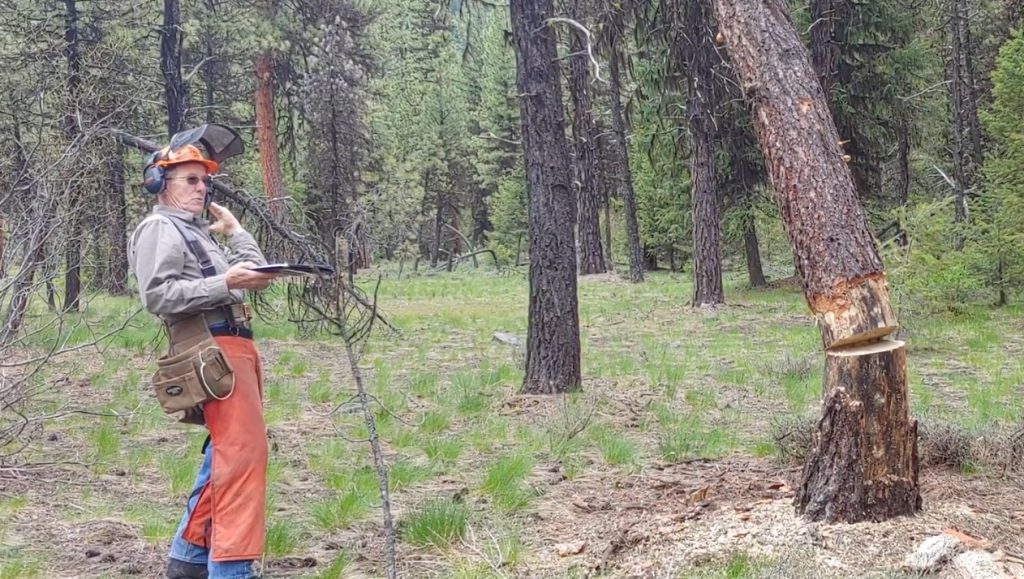 One of the demonstrations was how to approach a hung up tree, so Todd ask that I intentionally hit a tree with one I was falling. I succeeded almost to well with a direct hit. Todd then explained a number of different ways to safely finish bringing the hung tree to the ground, the safest being to winch it out with a come-a-long. I did my best to following his advice but the tree had other ideas and I succeeded it pinching my bar and the tree was still stuck.
One of the demonstrations was how to approach a hung up tree, so Todd ask that I intentionally hit a tree with one I was falling. I succeeded almost to well with a direct hit. Todd then explained a number of different ways to safely finish bringing the hung tree to the ground, the safest being to winch it out with a come-a-long. I did my best to following his advice but the tree had other ideas and I succeeded it pinching my bar and the tree was still stuck.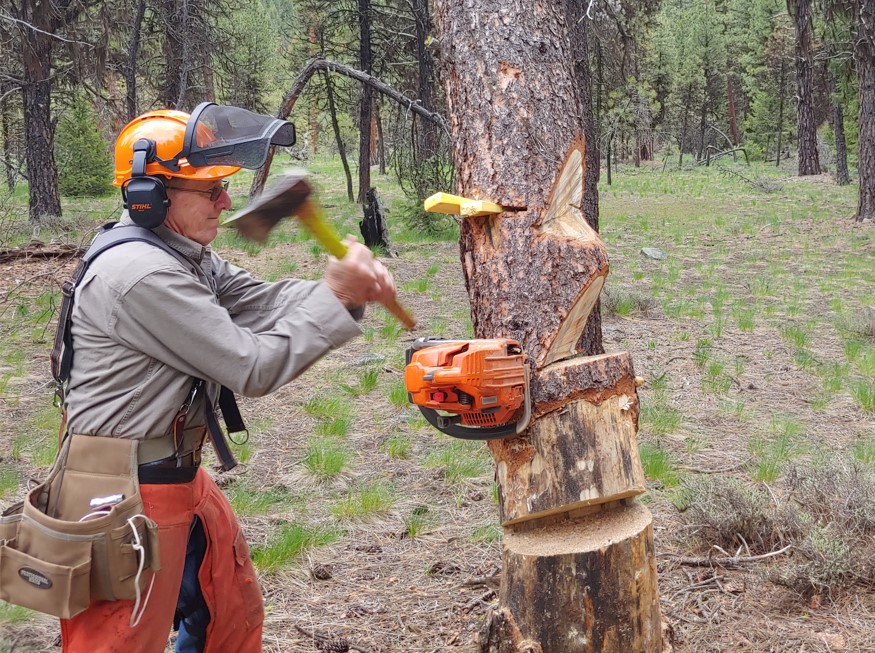 While the rest of the team watch we tried to wedge it over without success. As I was starting a second saw to try and finish the job, the tree made a large cracking sound and dropped to the ground taking my saw with it. A new safety brake handle will be required to put that saw back in service.
While the rest of the team watch we tried to wedge it over without success. As I was starting a second saw to try and finish the job, the tree made a large cracking sound and dropped to the ground taking my saw with it. A new safety brake handle will be required to put that saw back in service.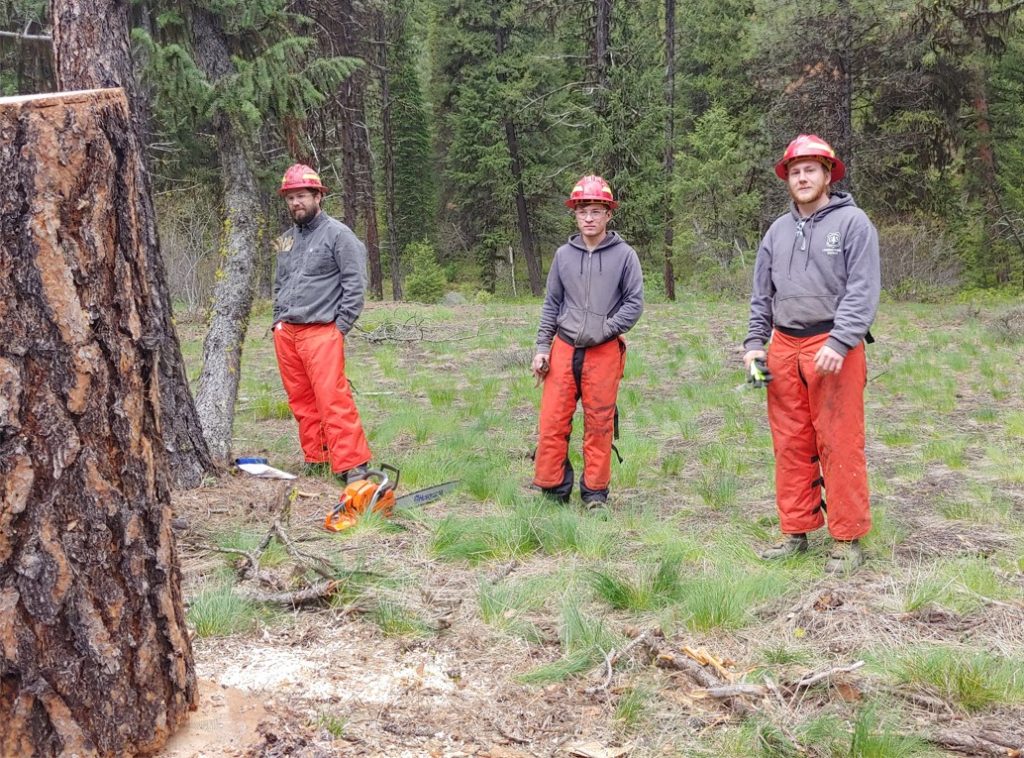

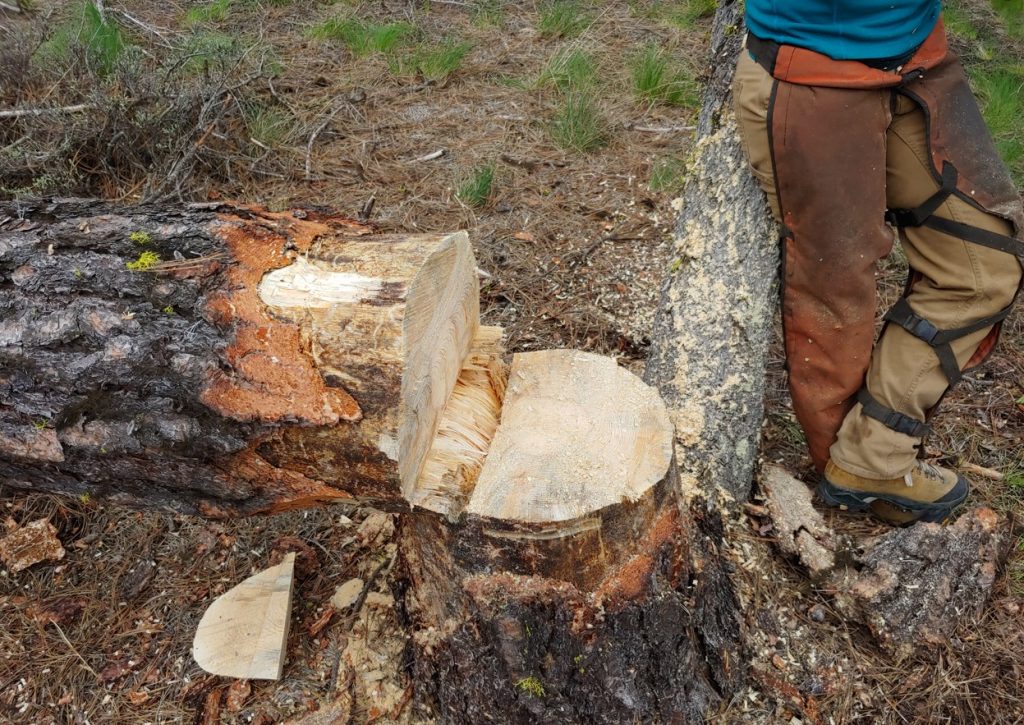
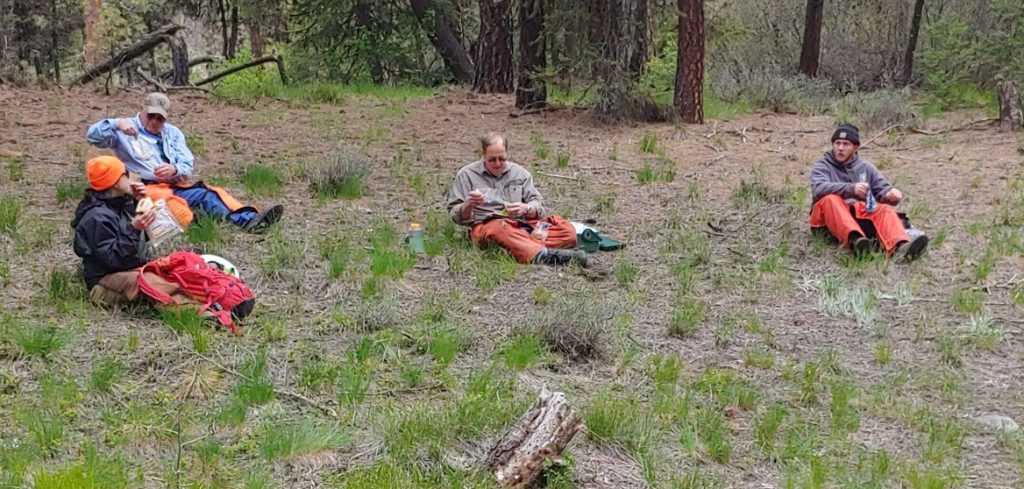

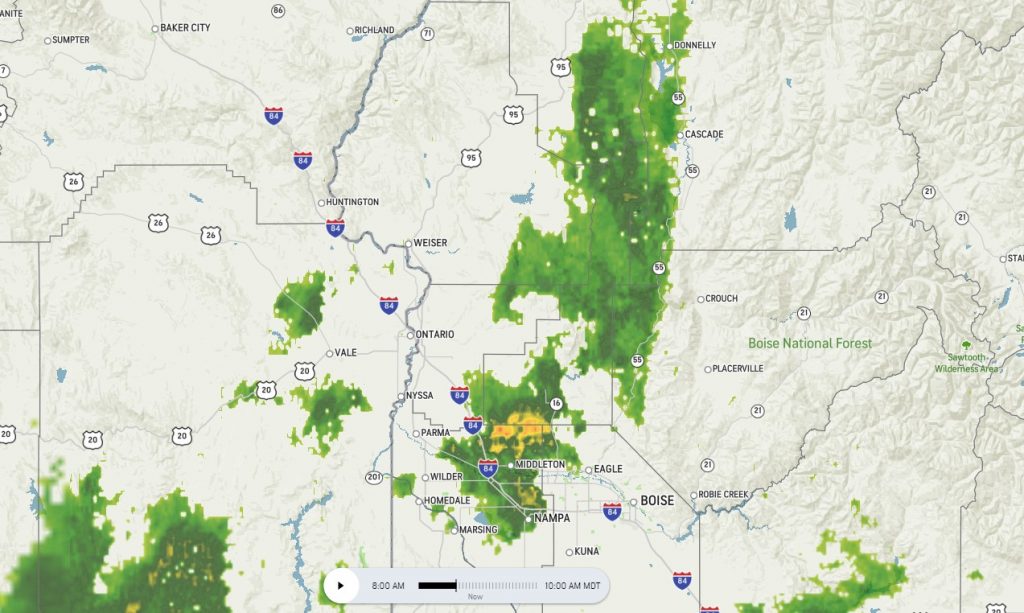



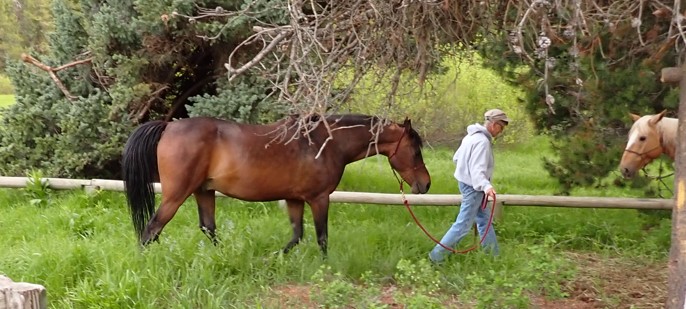
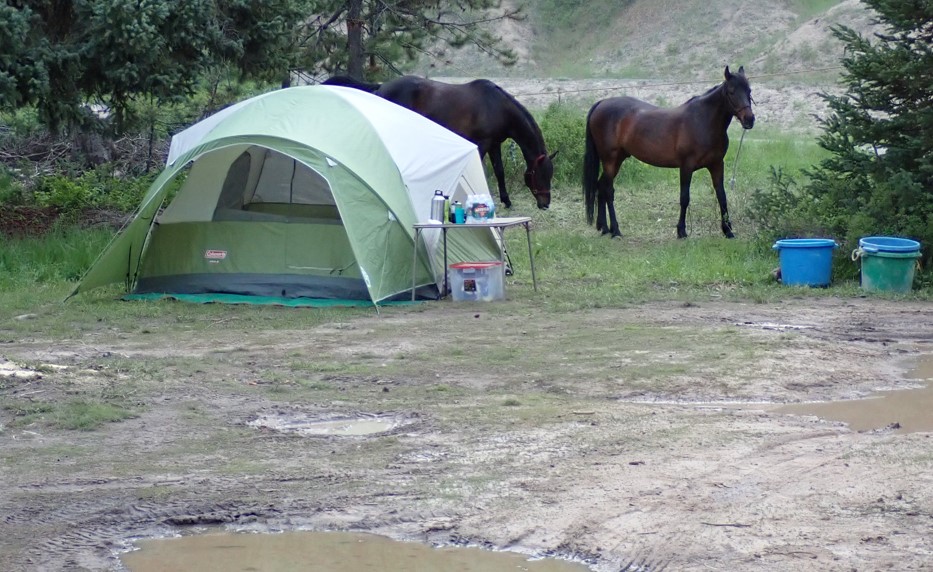
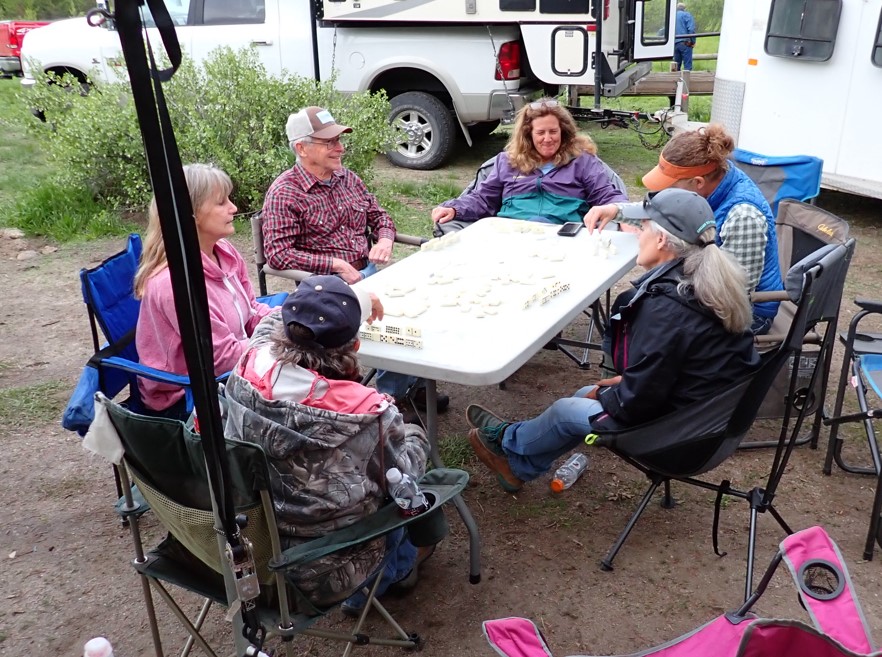
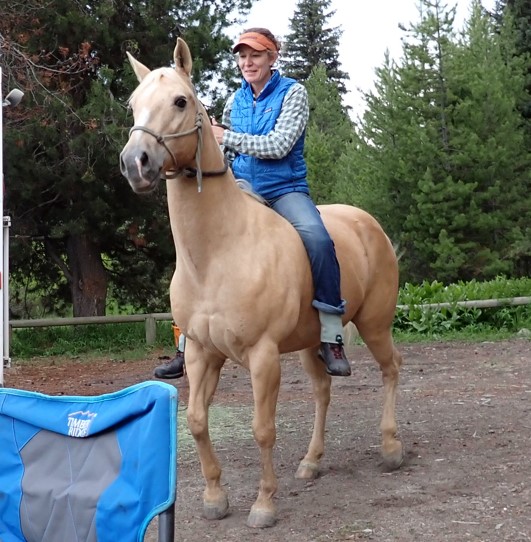

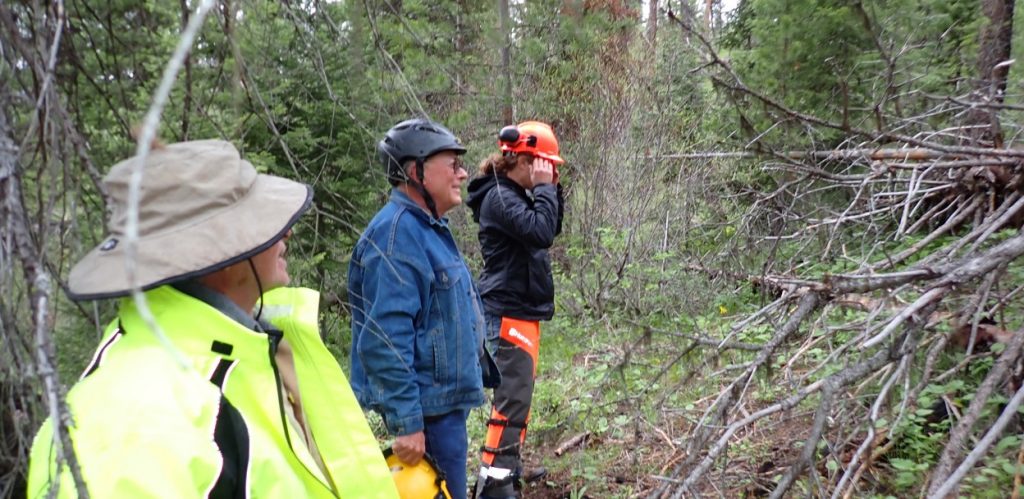

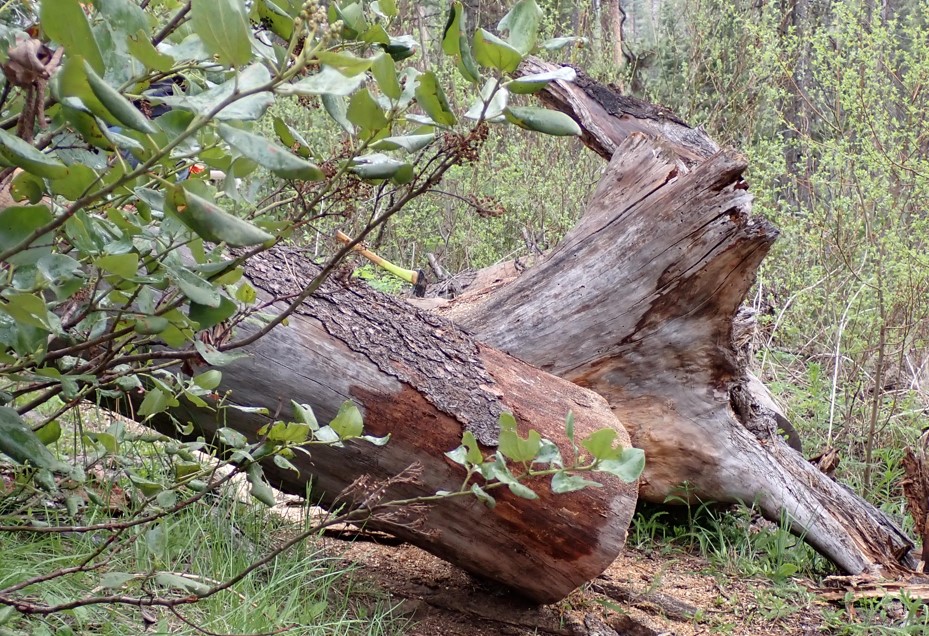
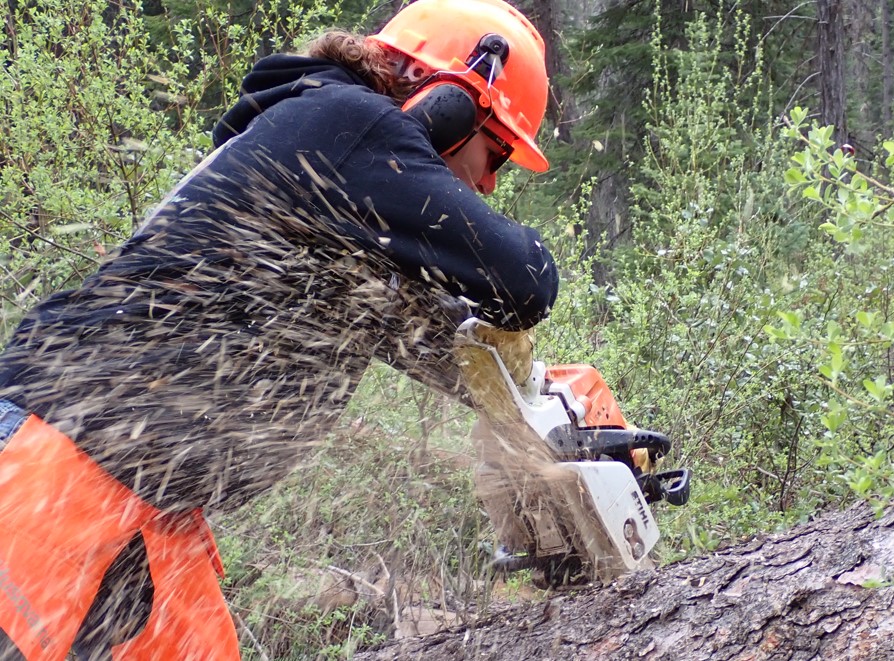

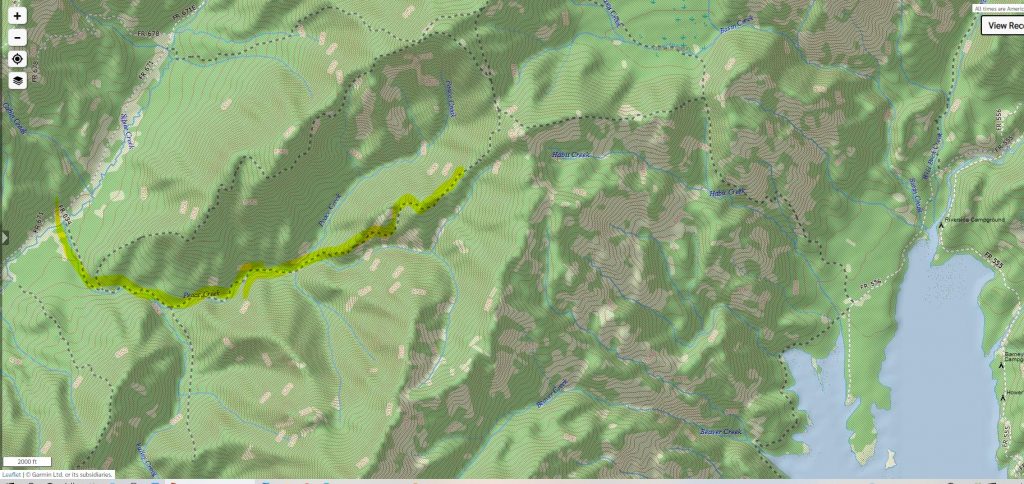

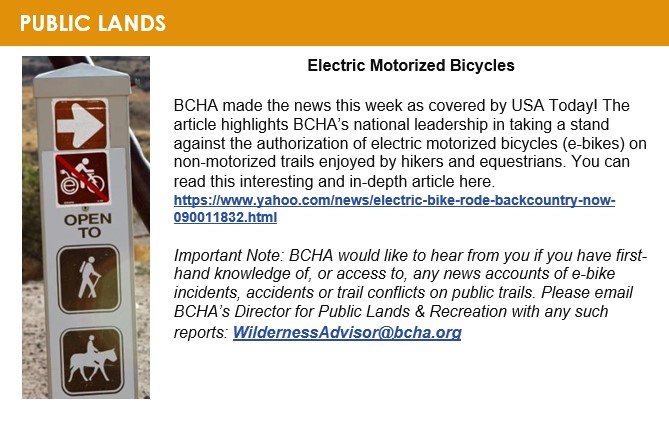
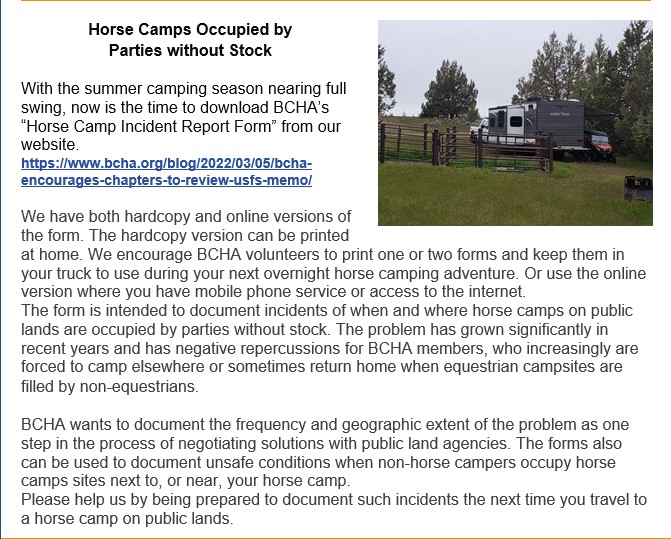


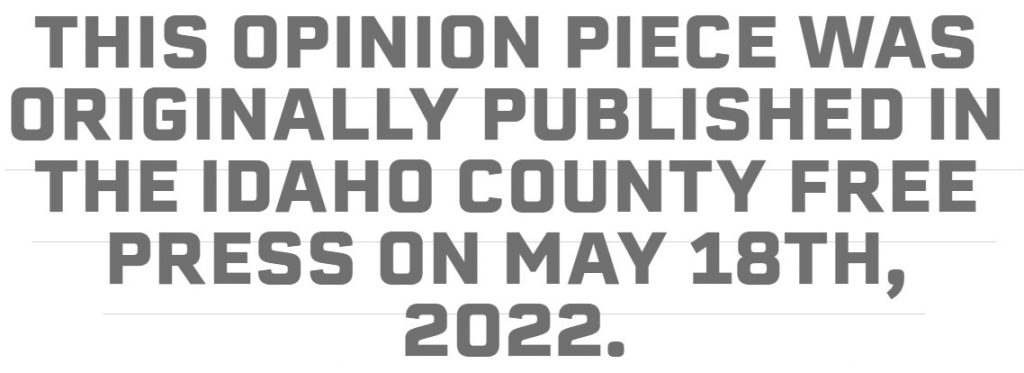
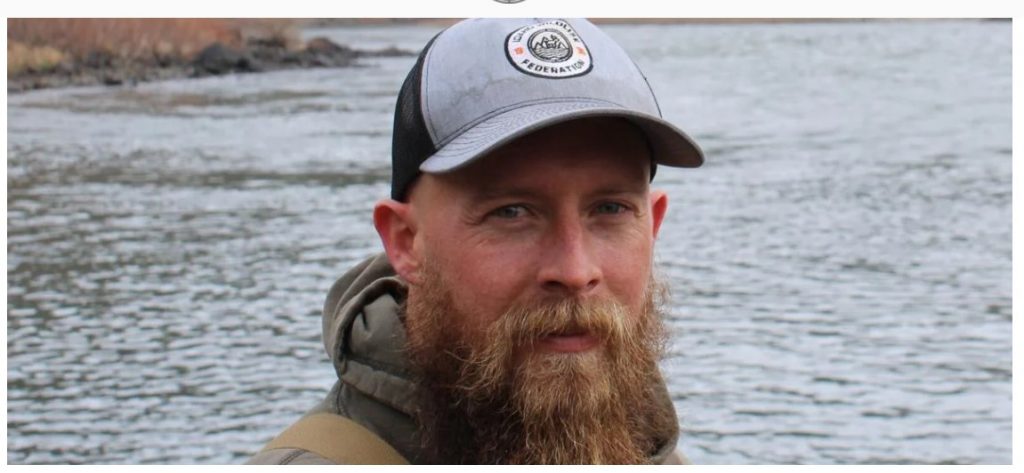
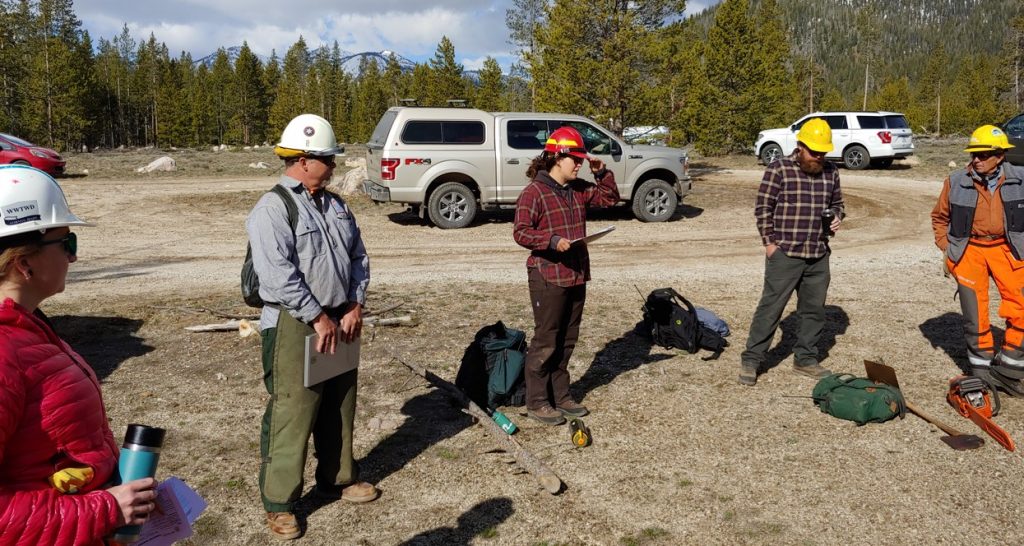
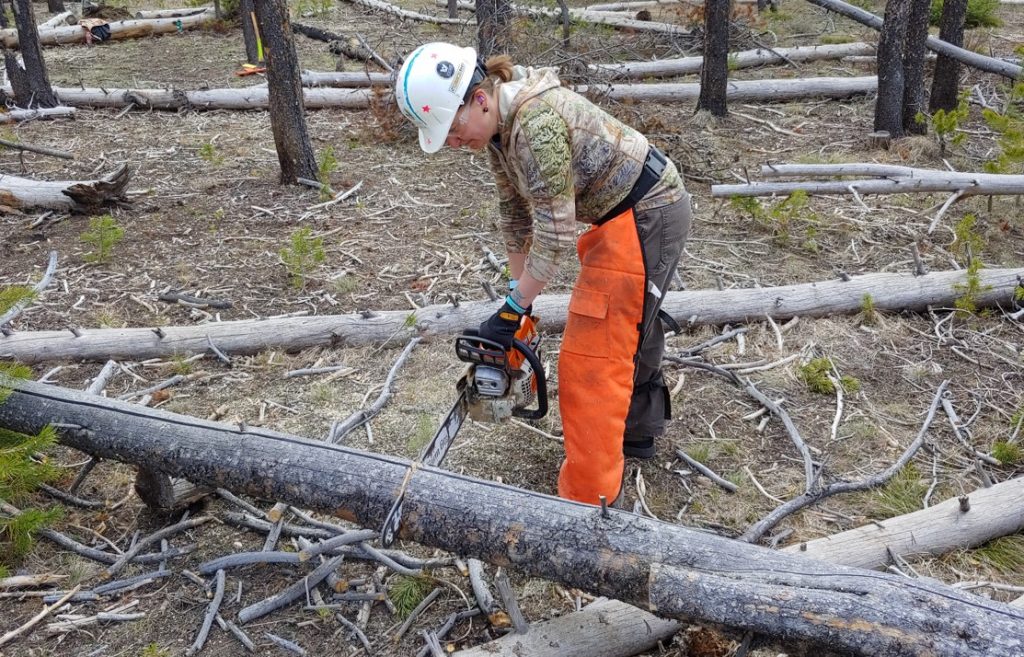
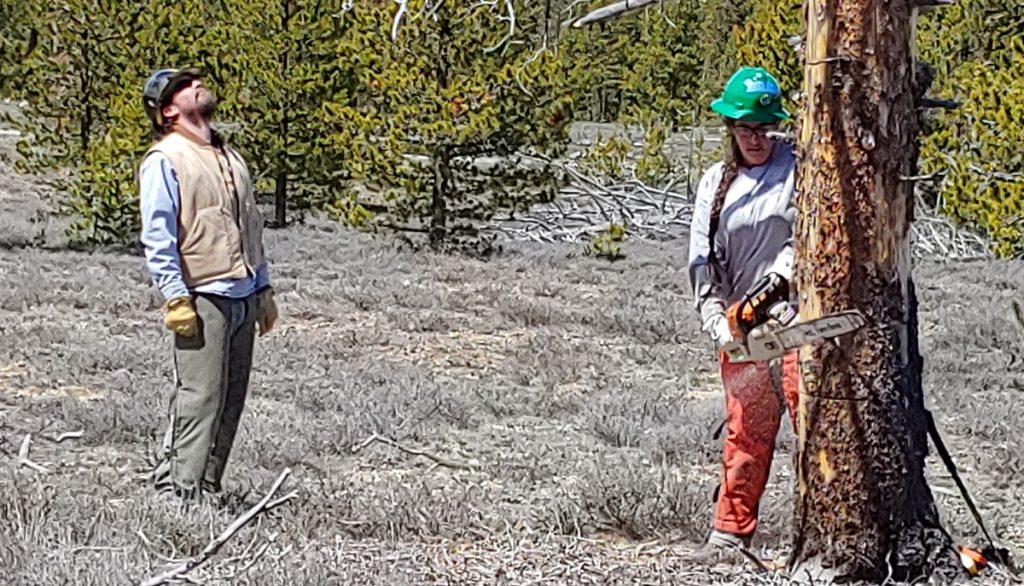
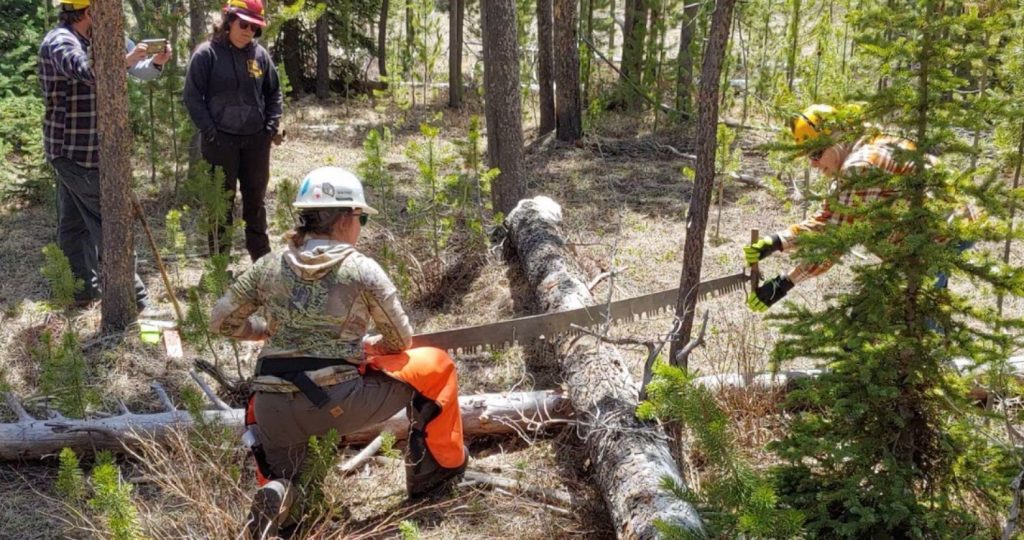
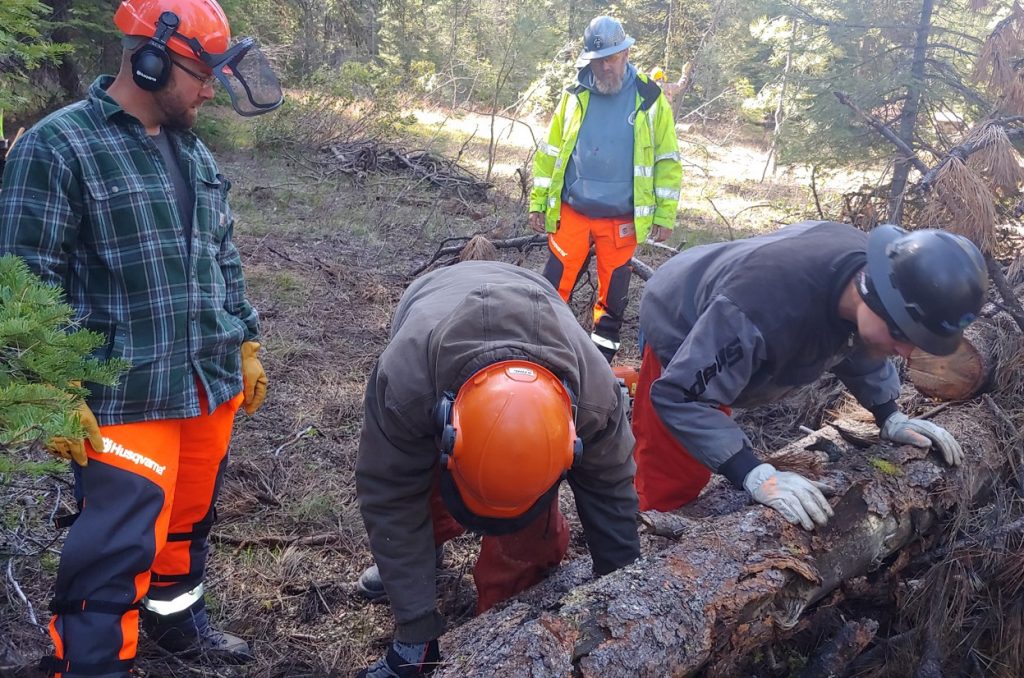
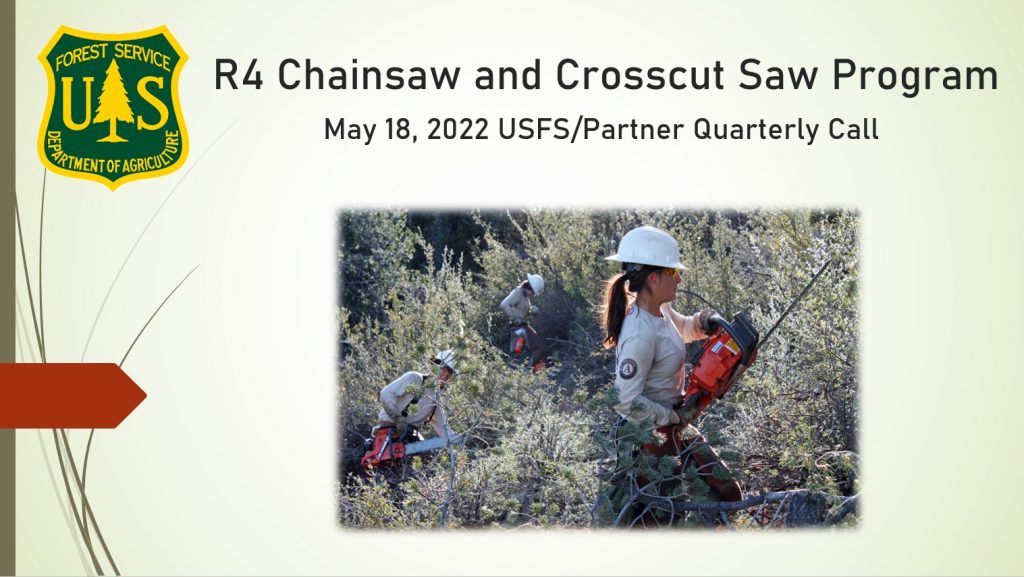
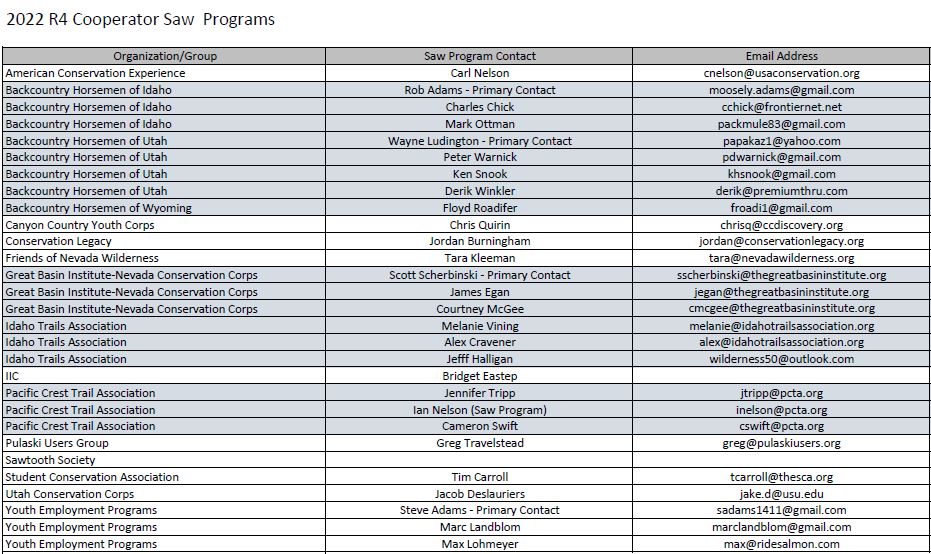
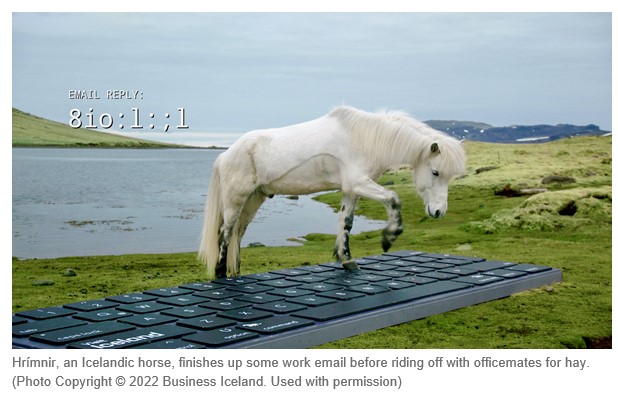
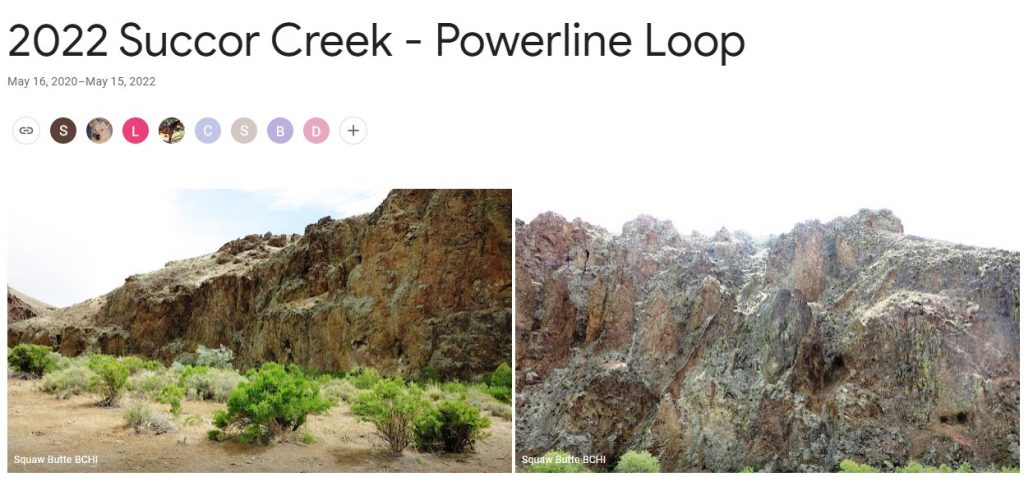
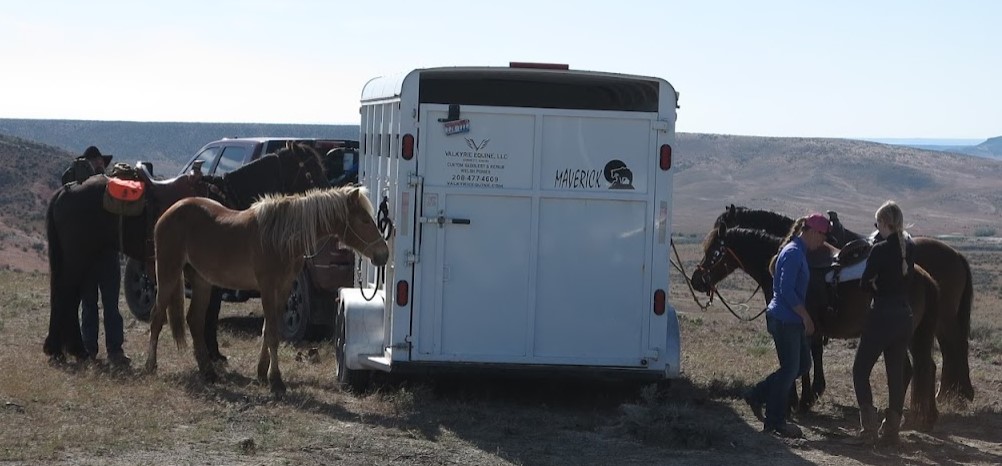
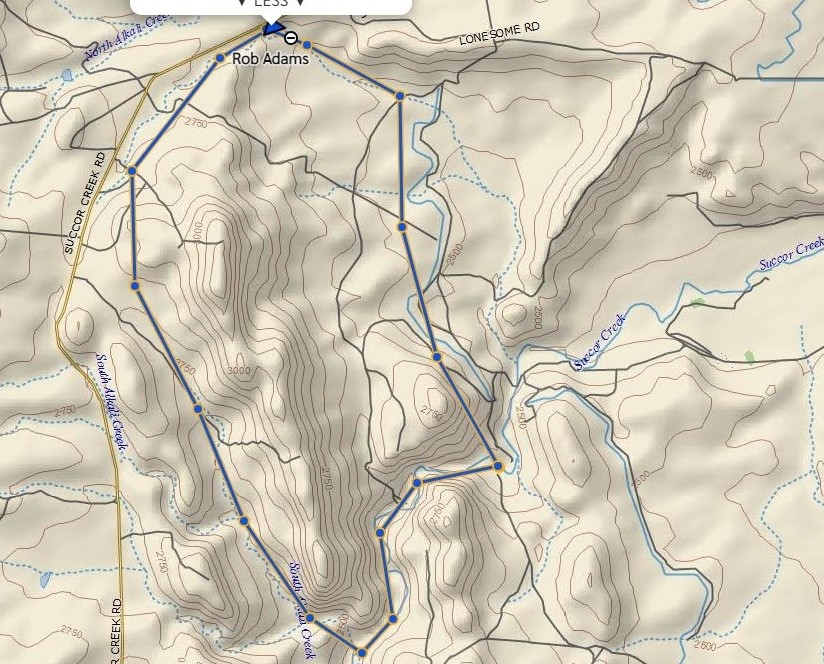
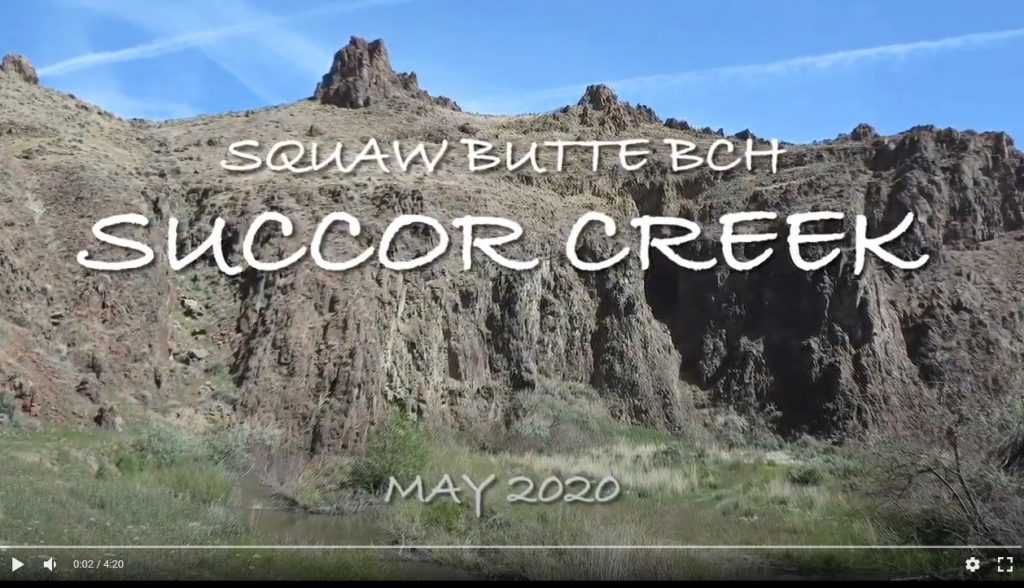
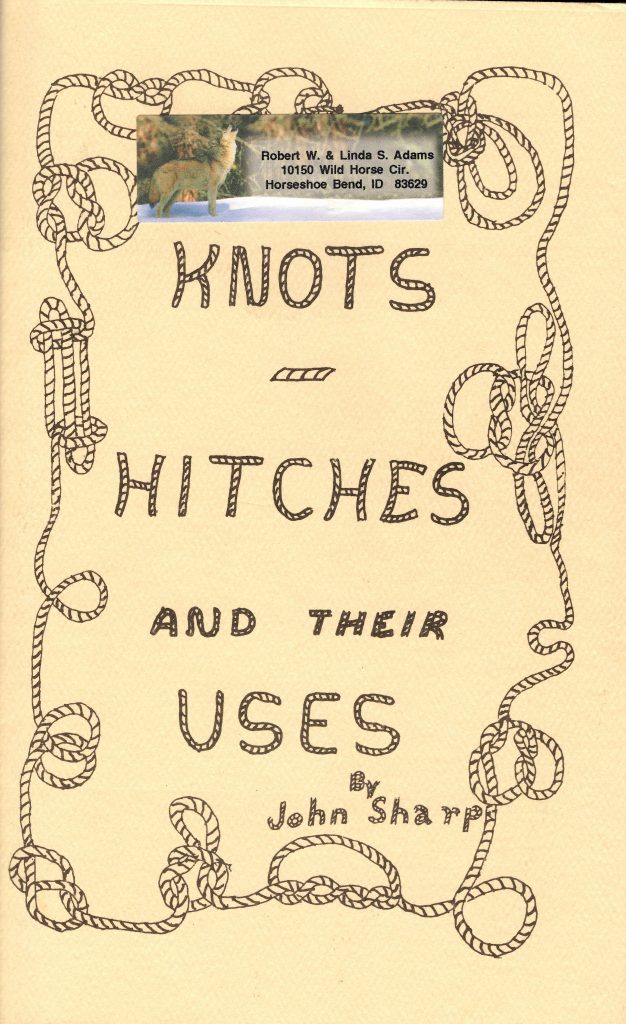

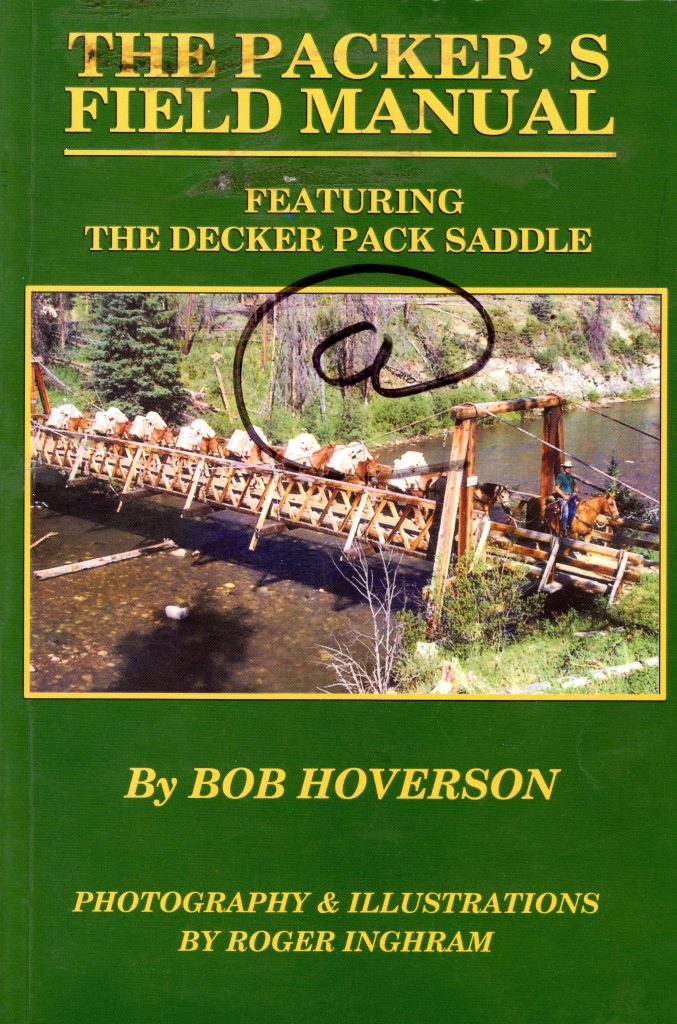
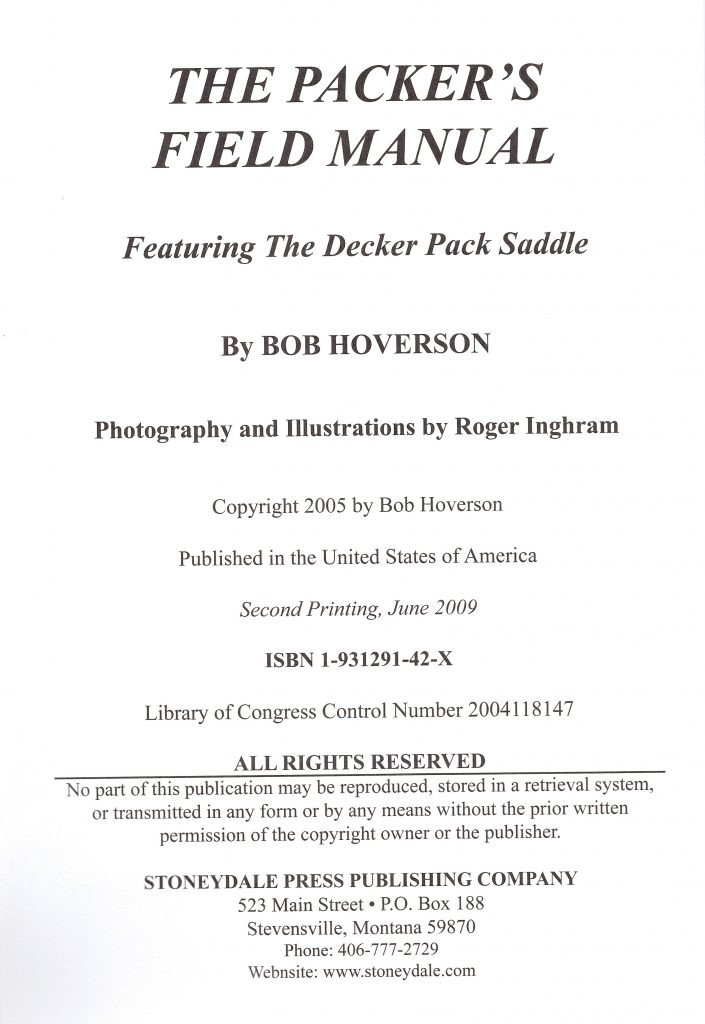
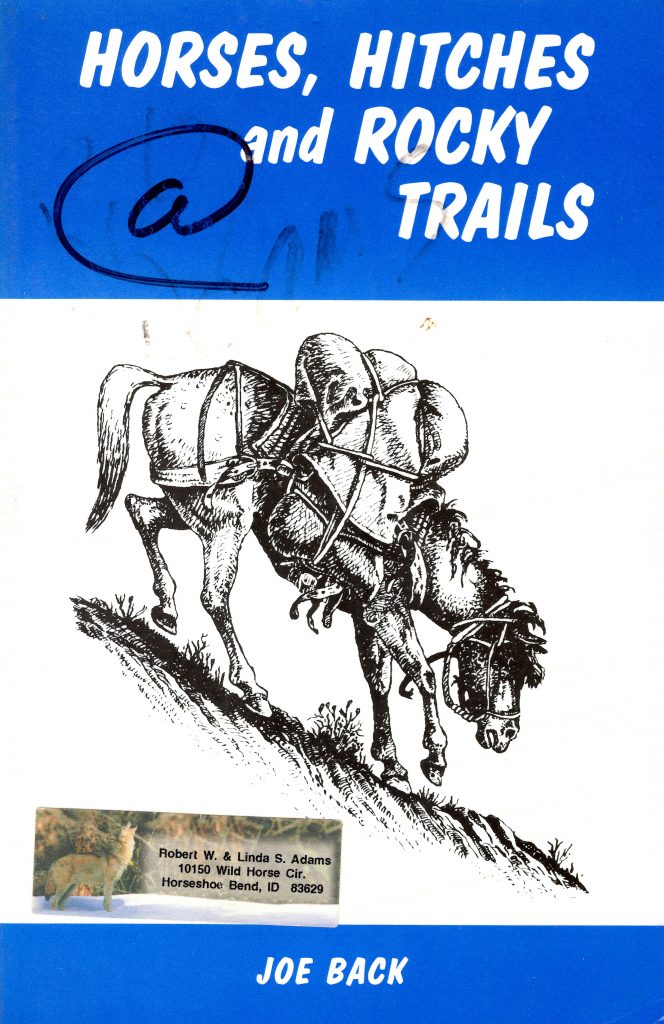
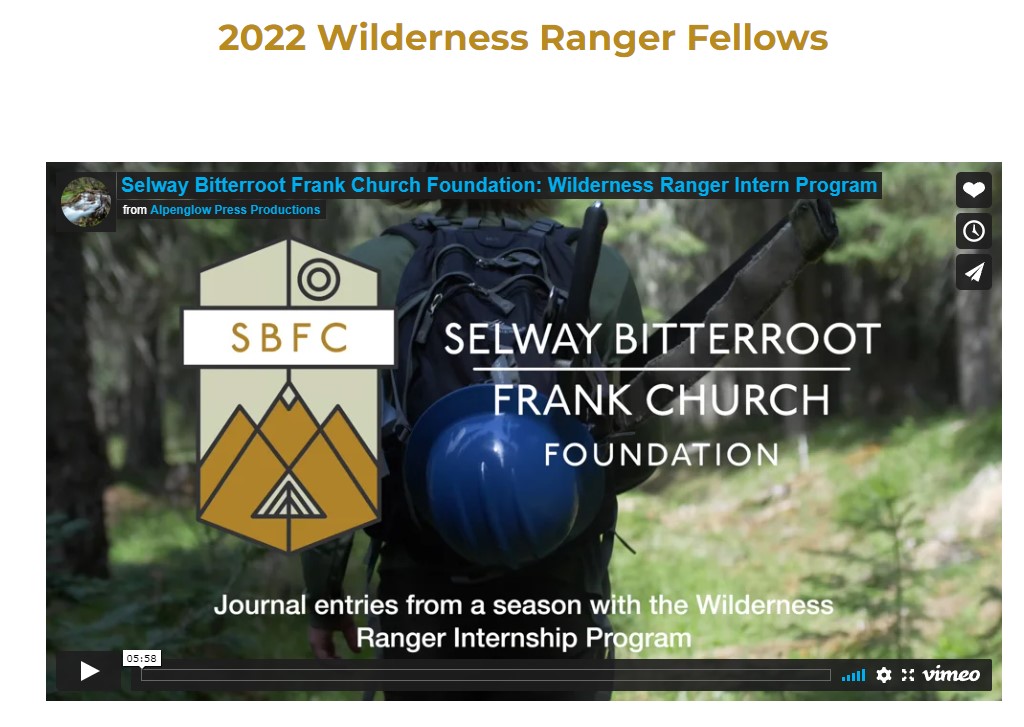

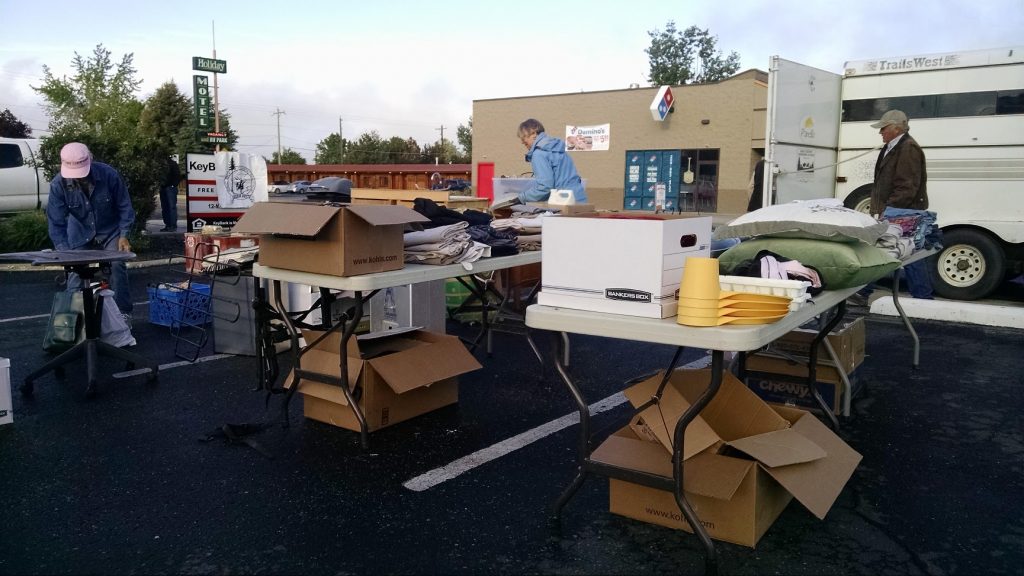

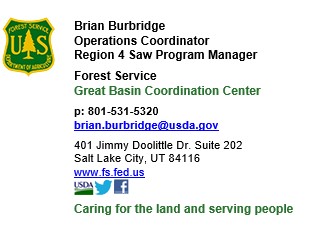
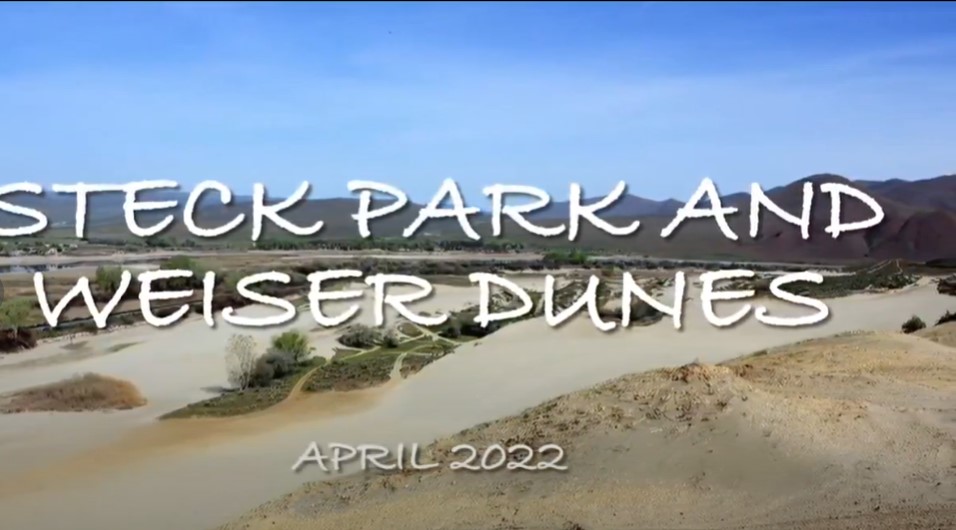
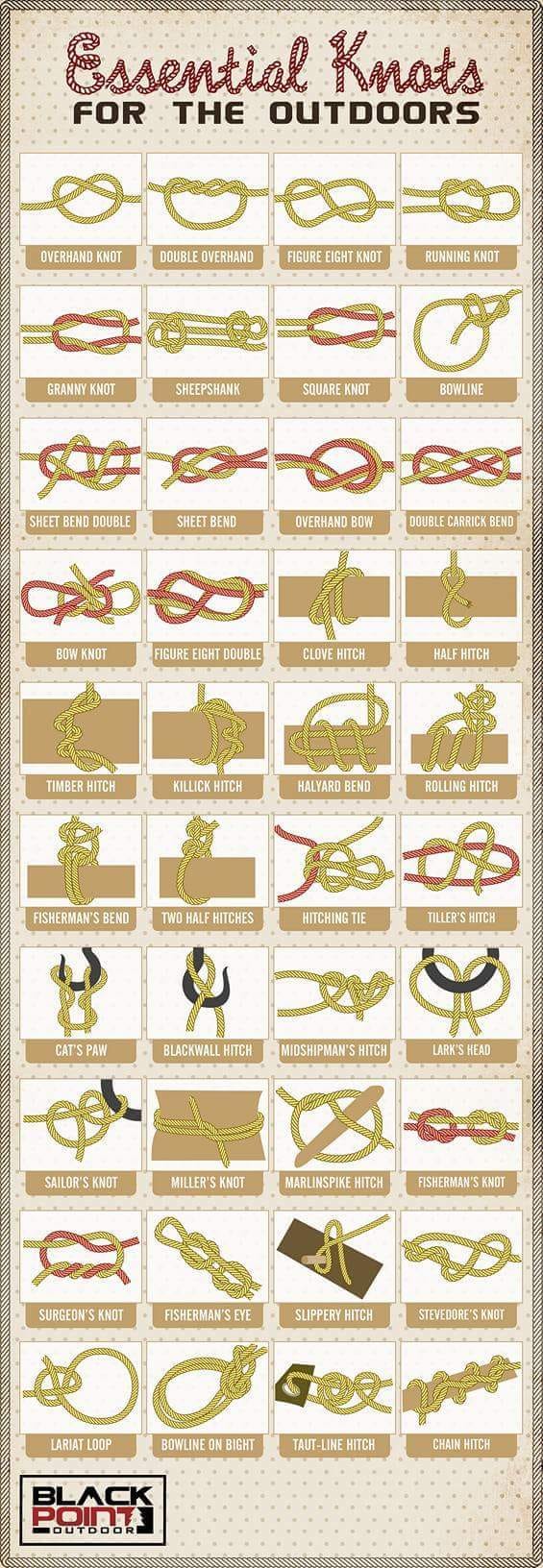
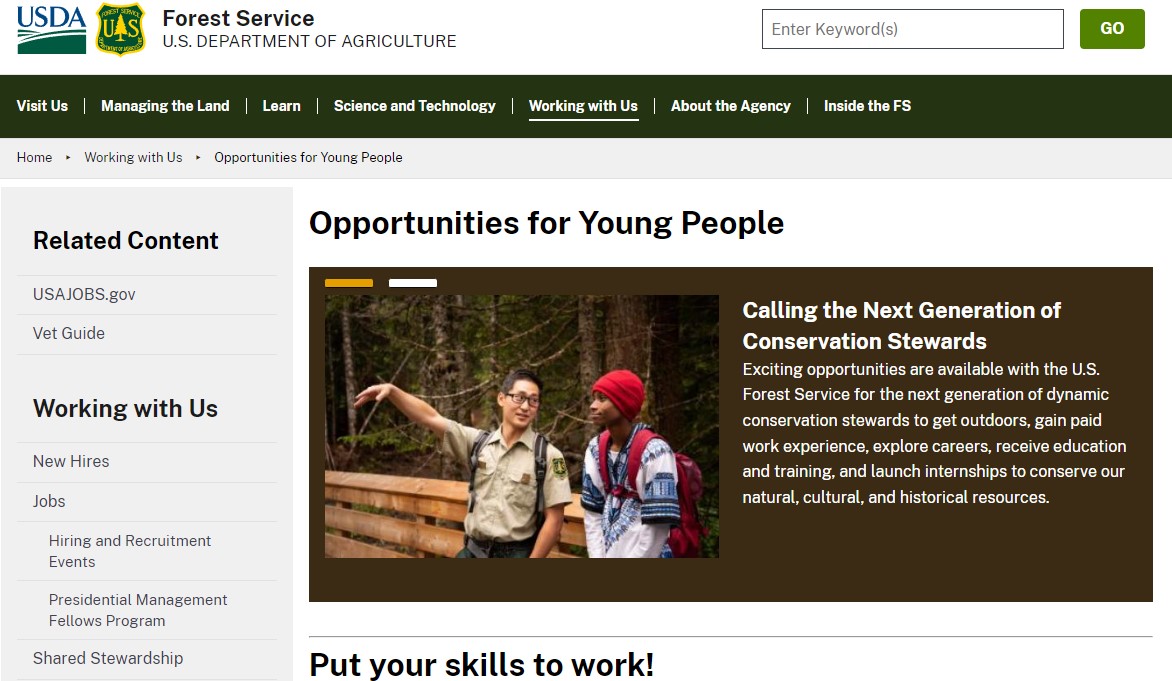

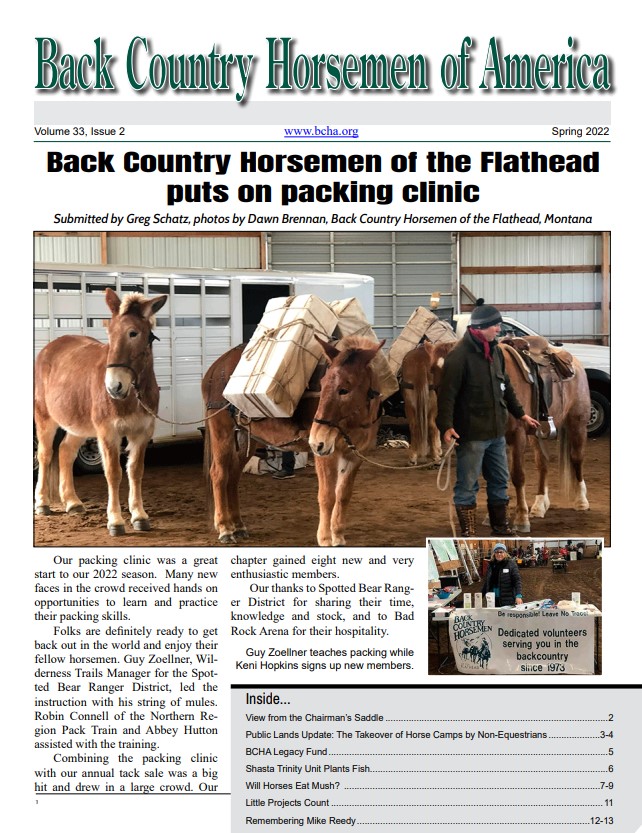


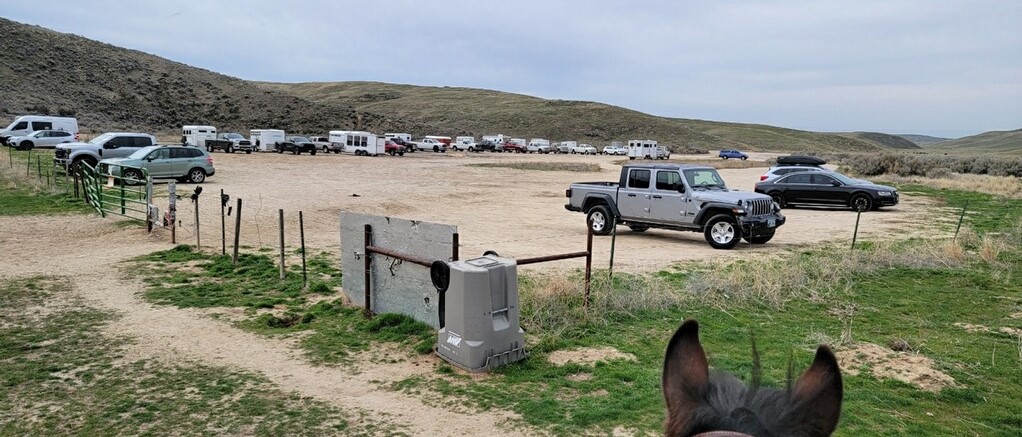

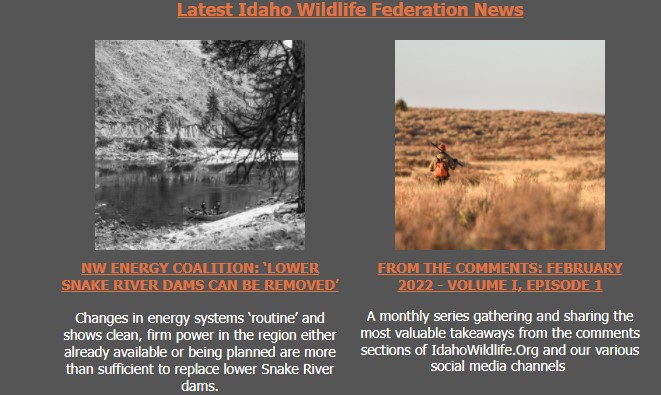
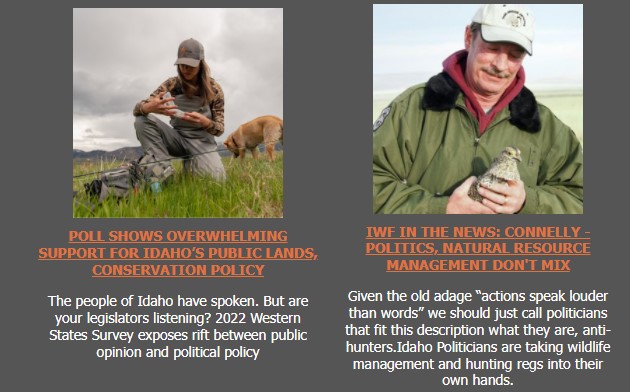
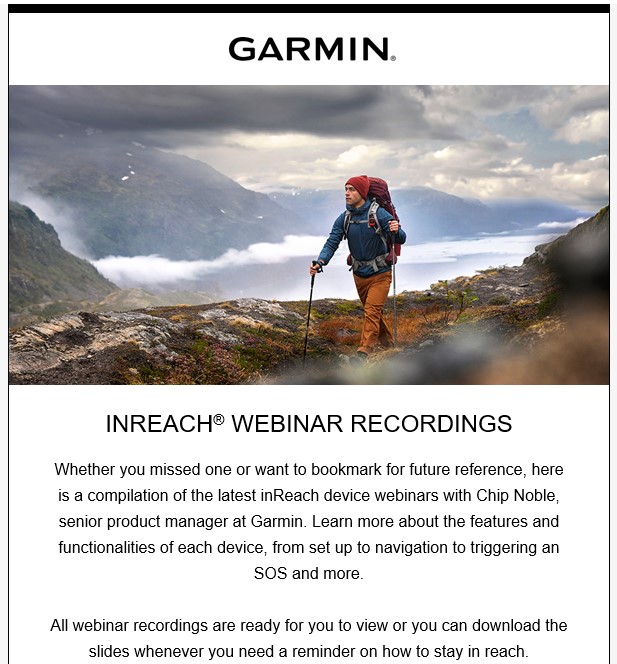
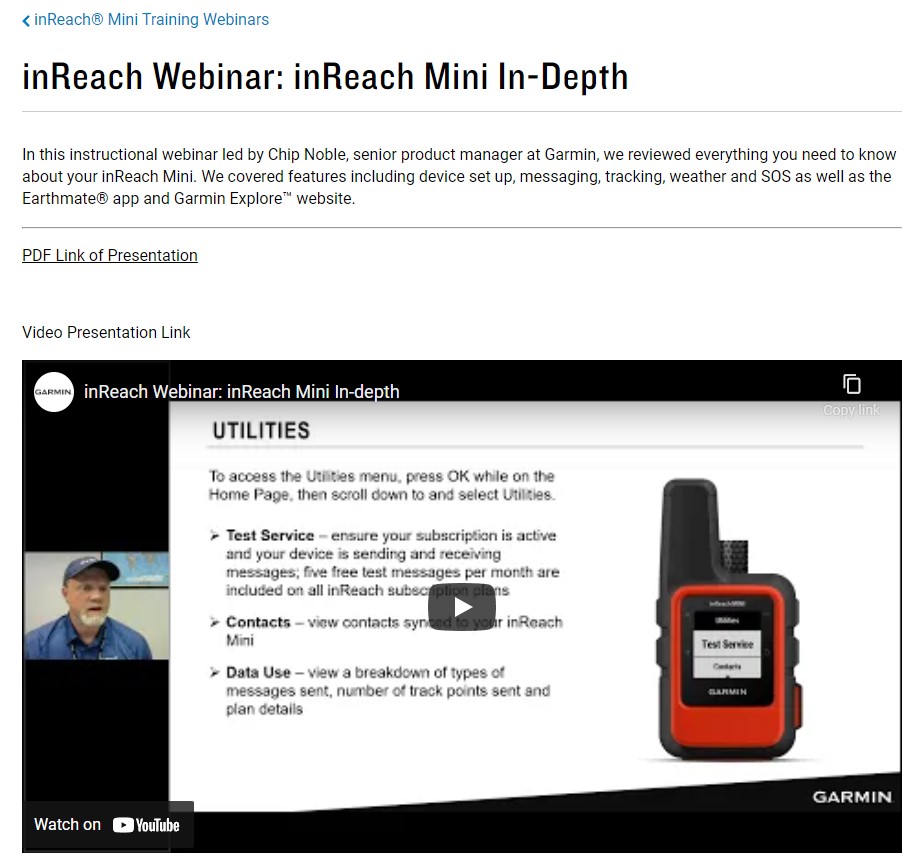
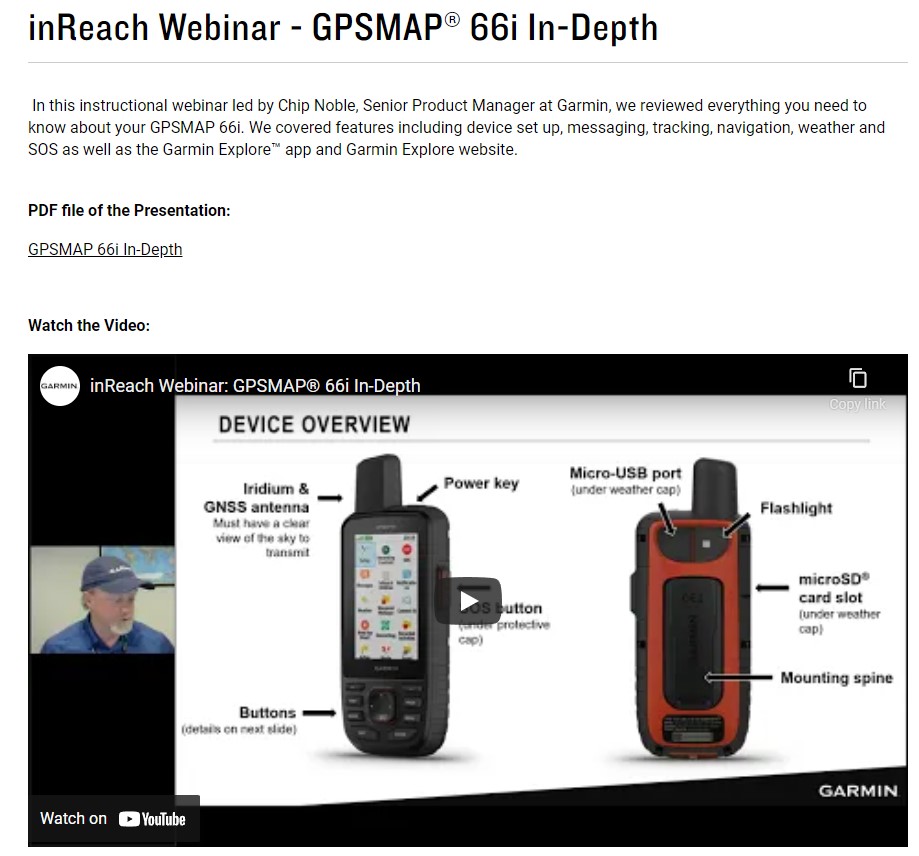
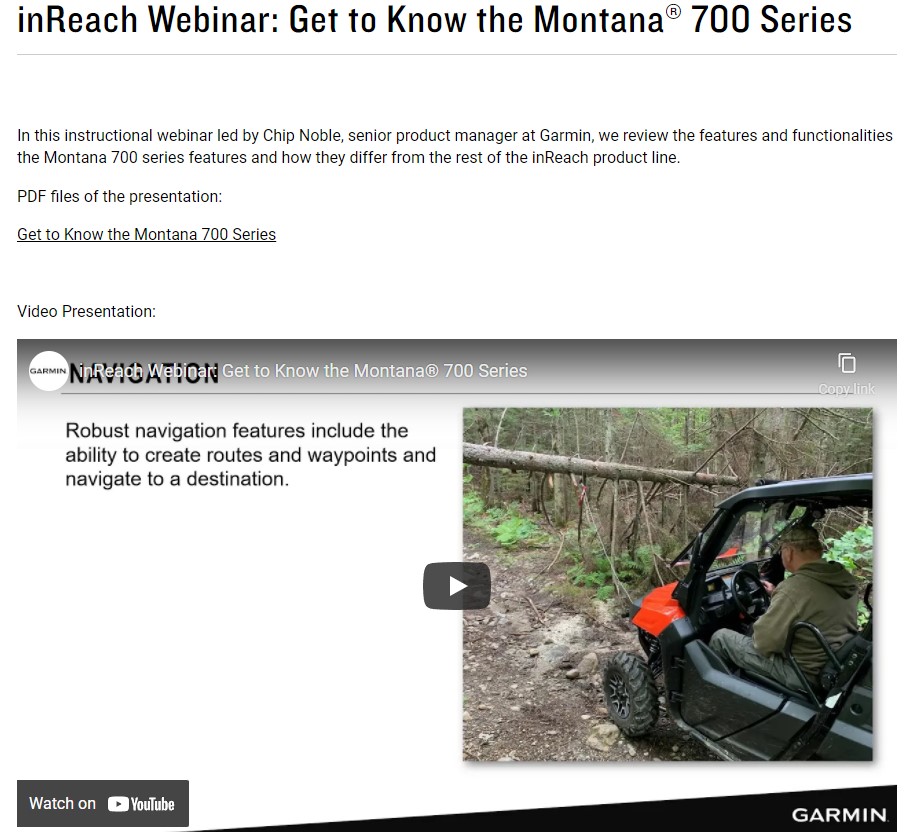
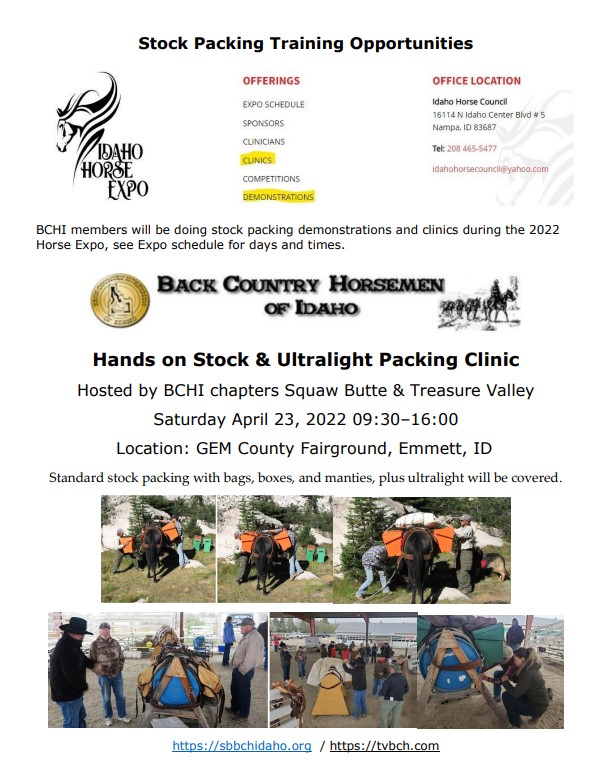
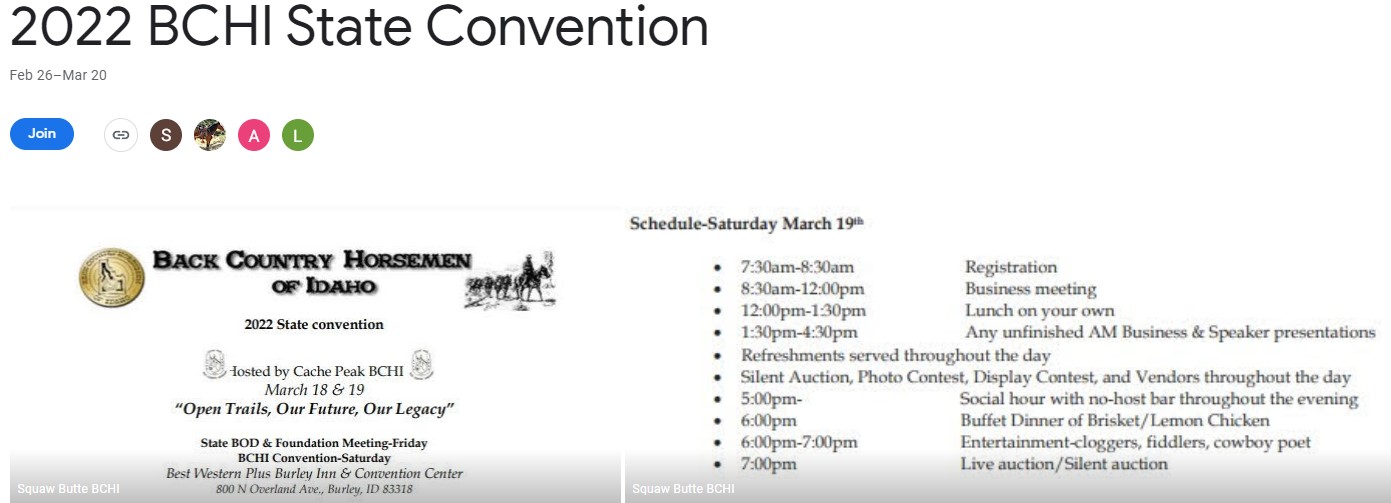
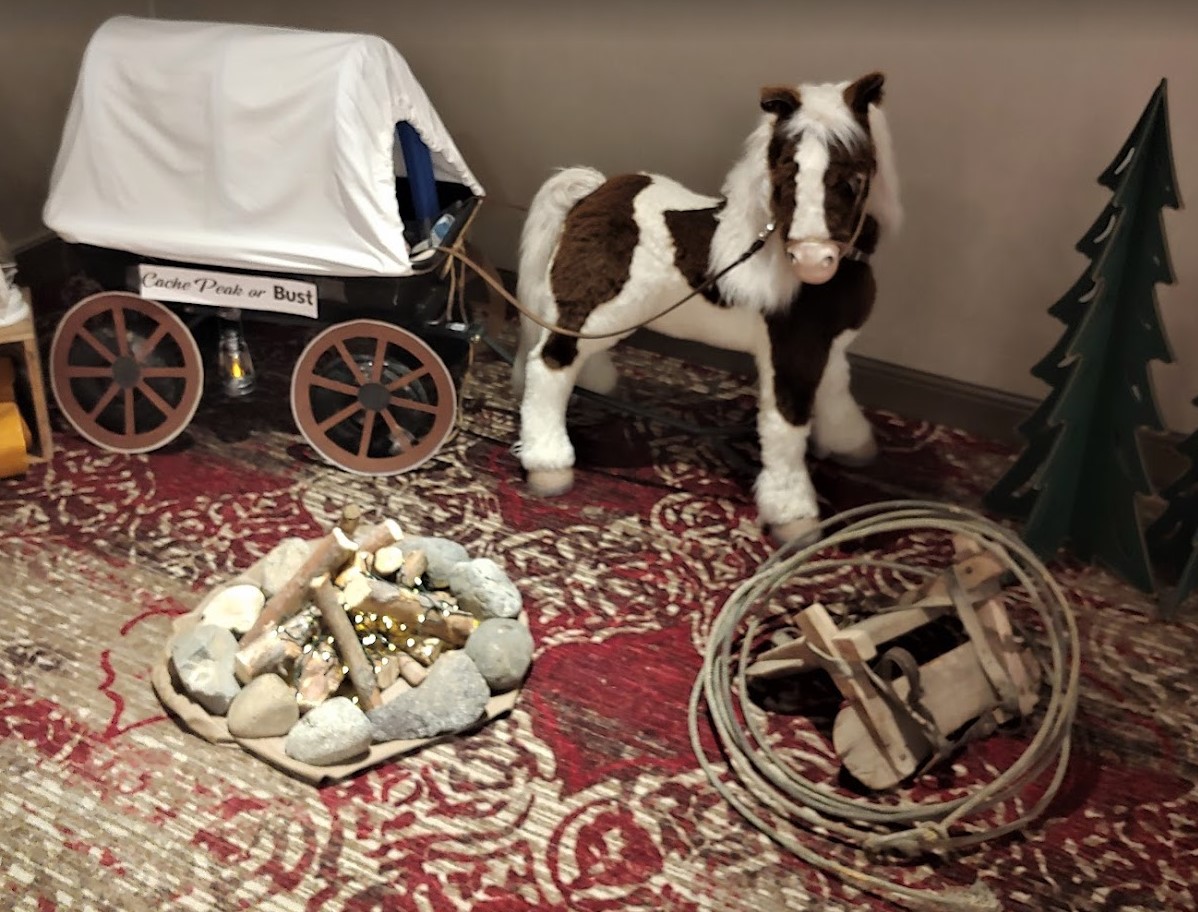
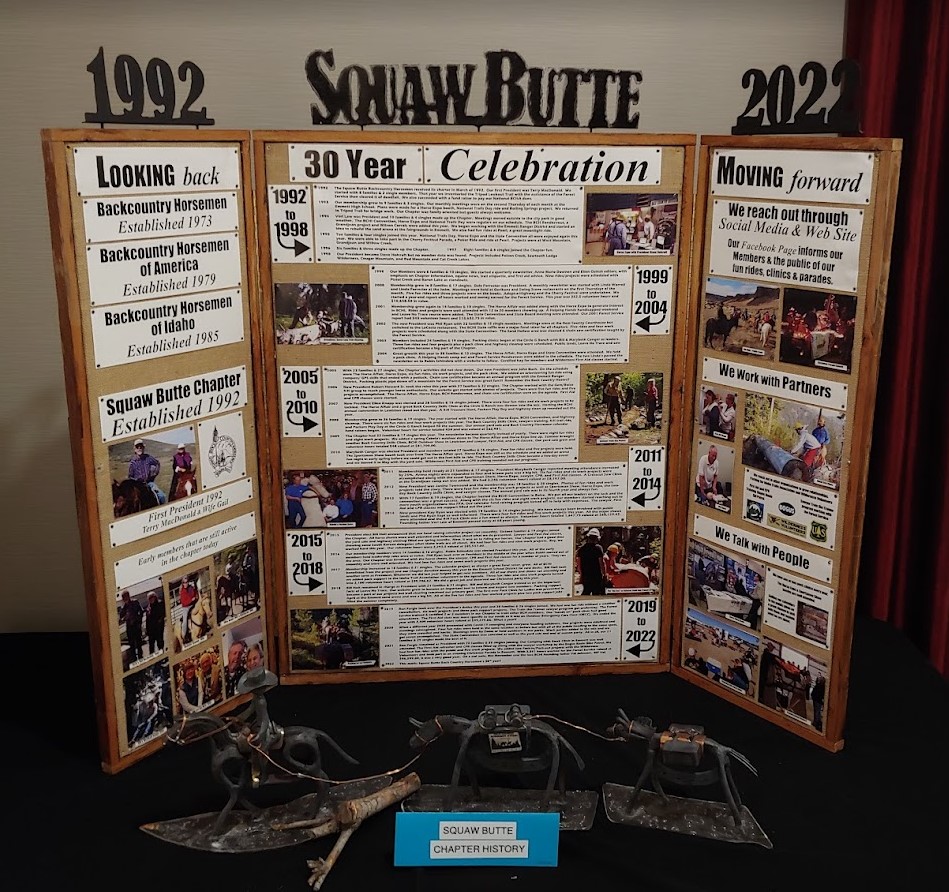
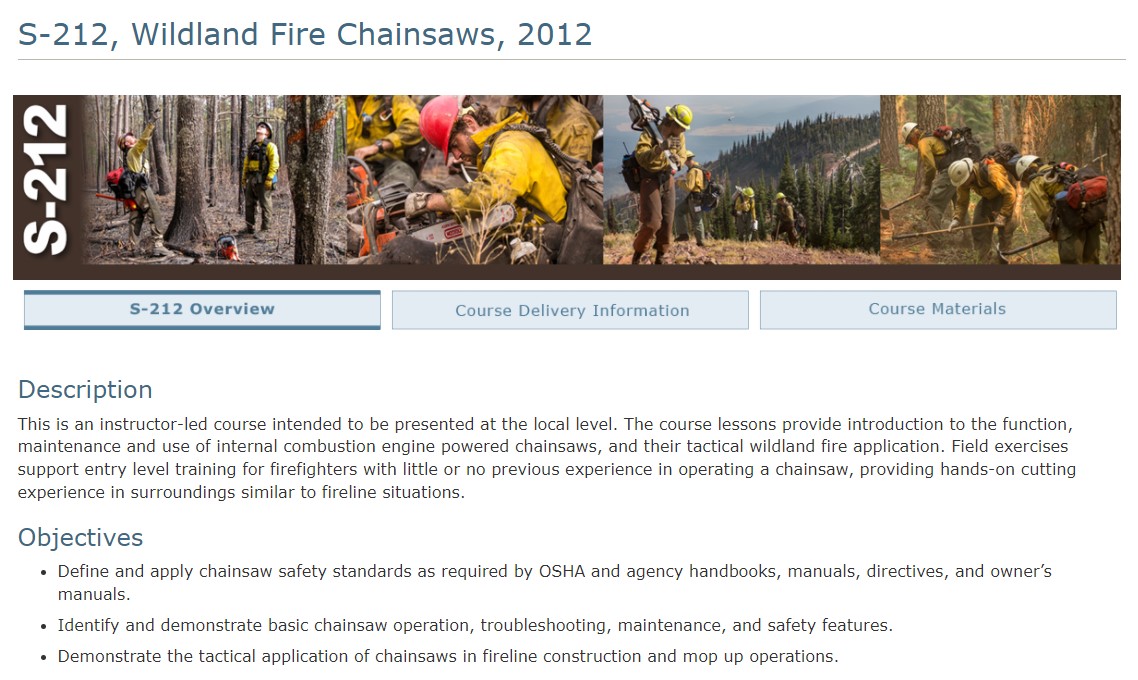

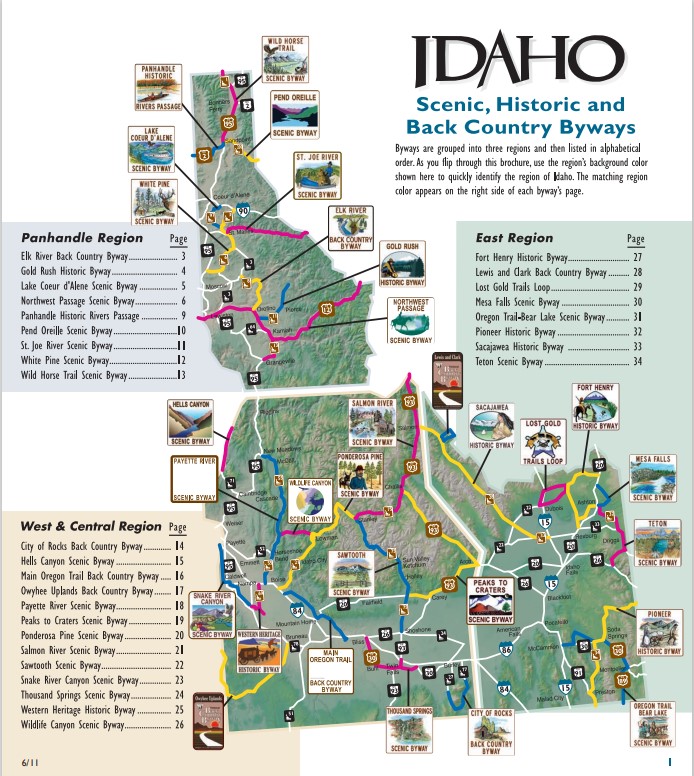
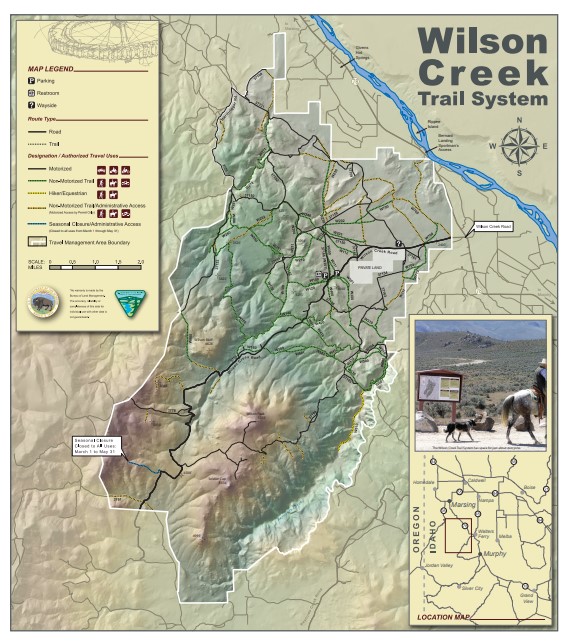
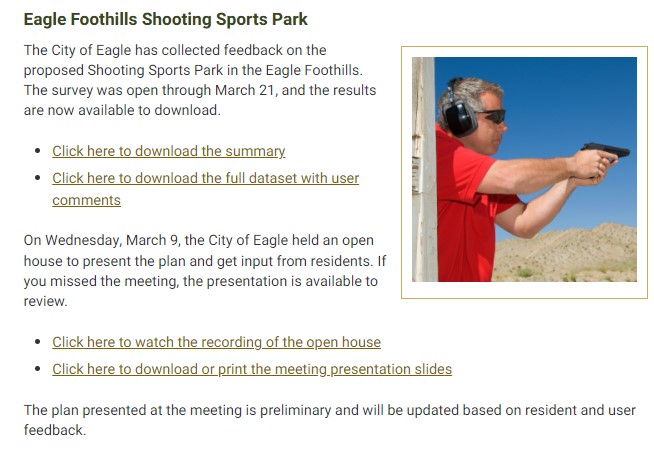

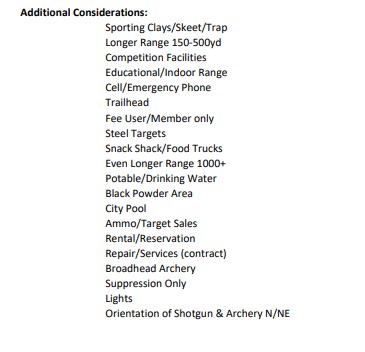


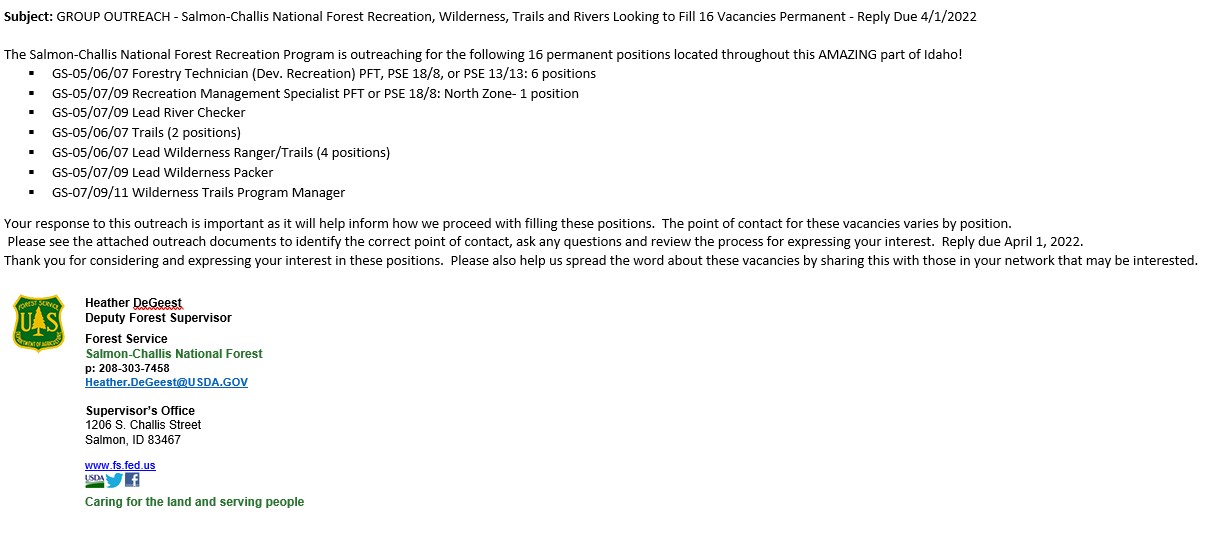


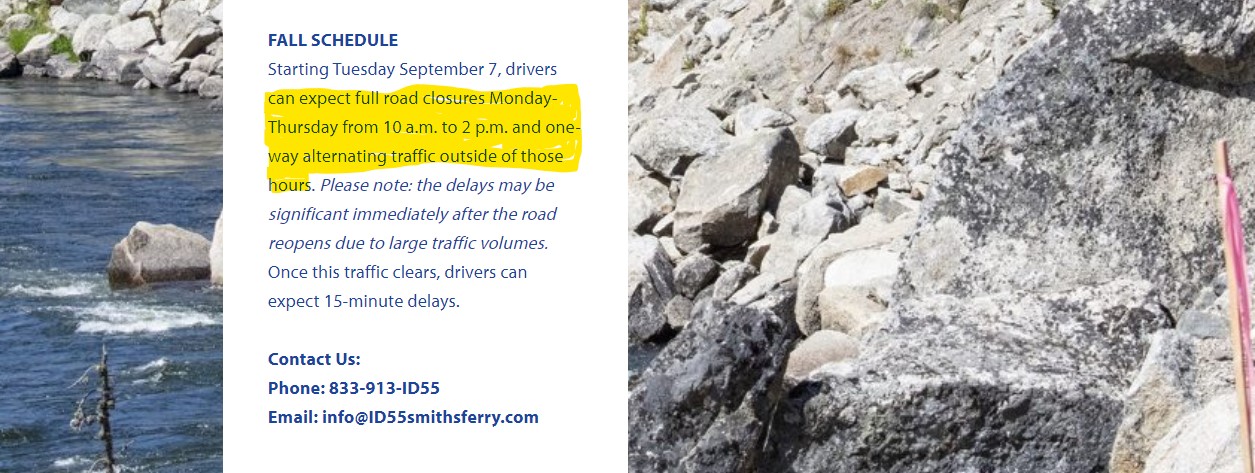
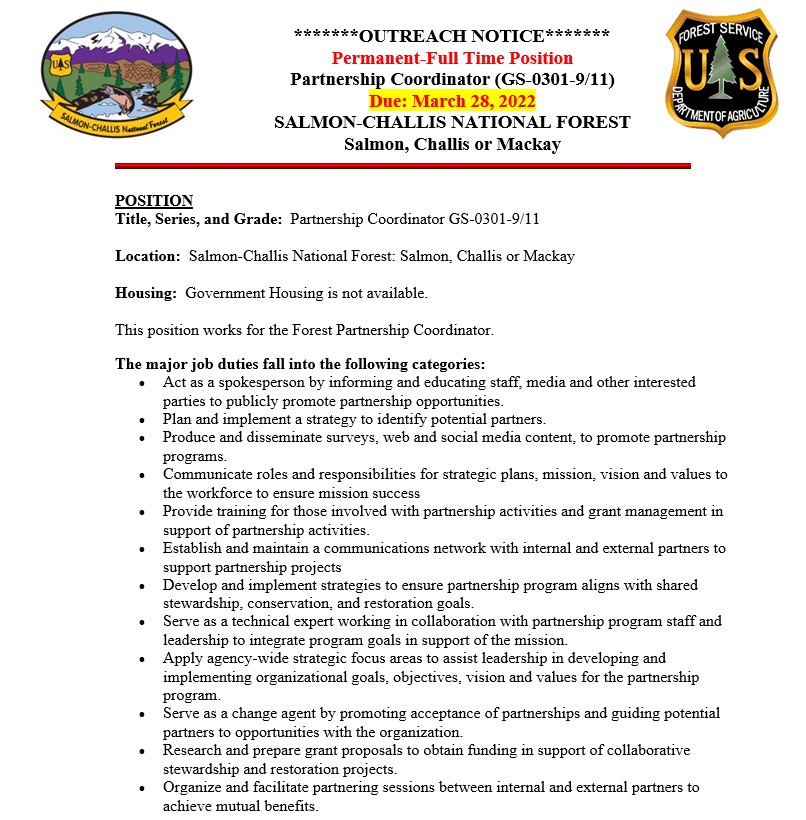

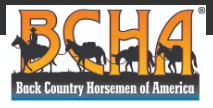
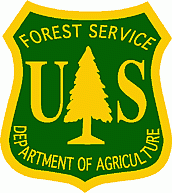
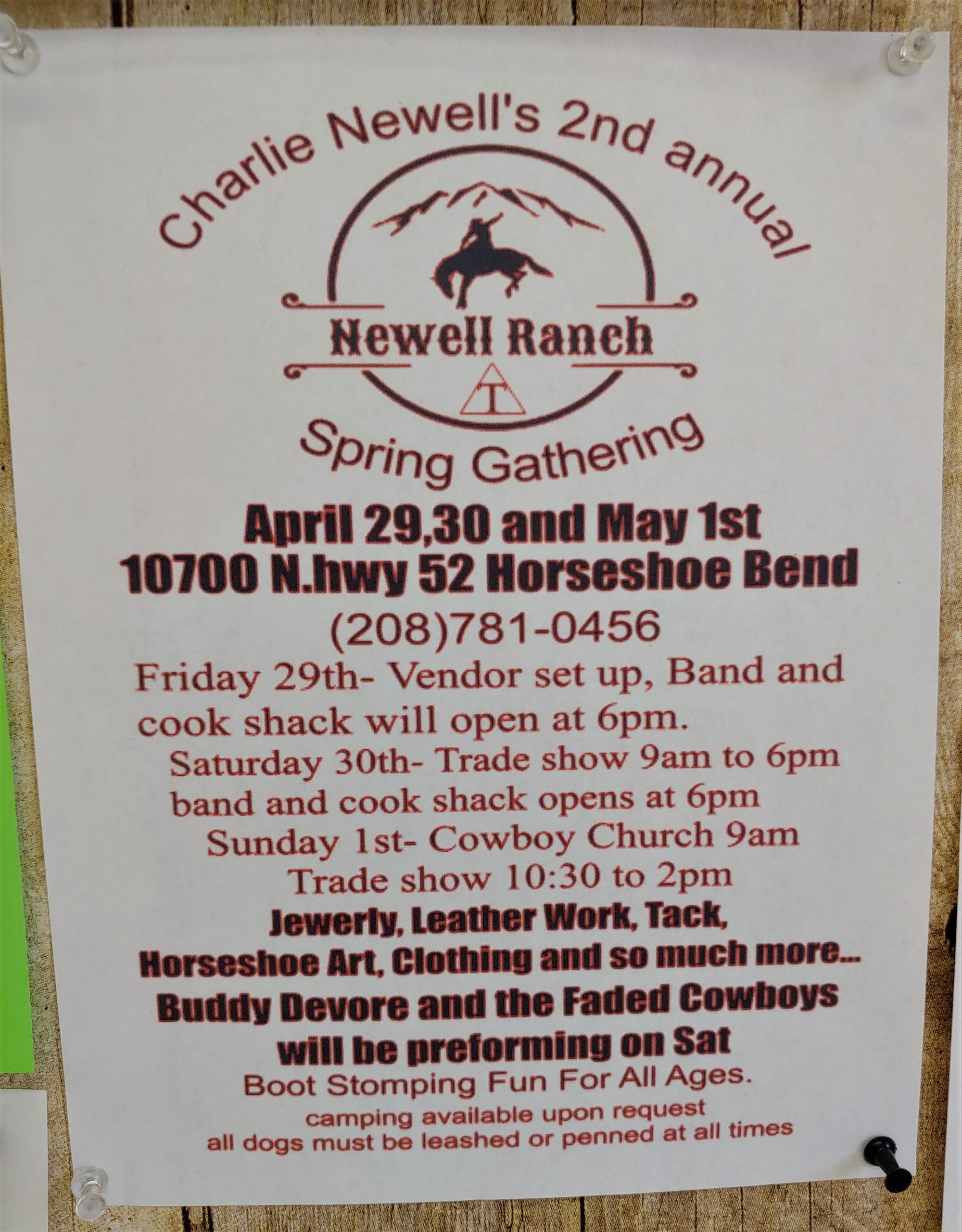

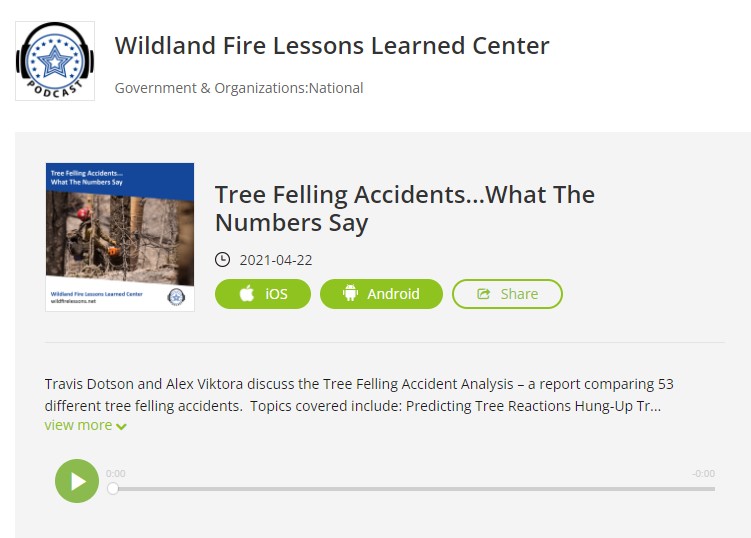
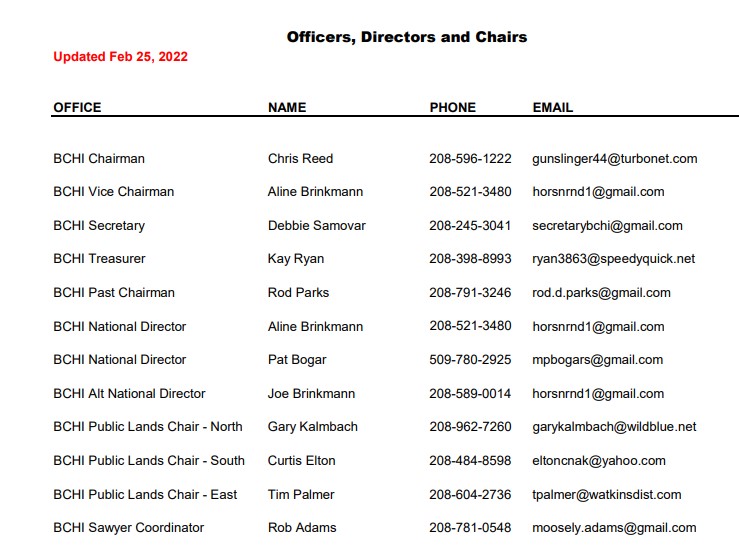
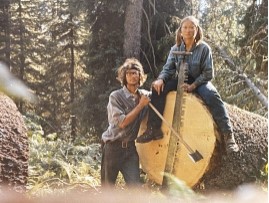

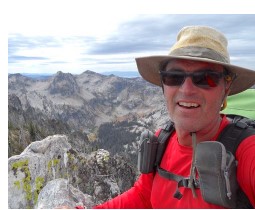

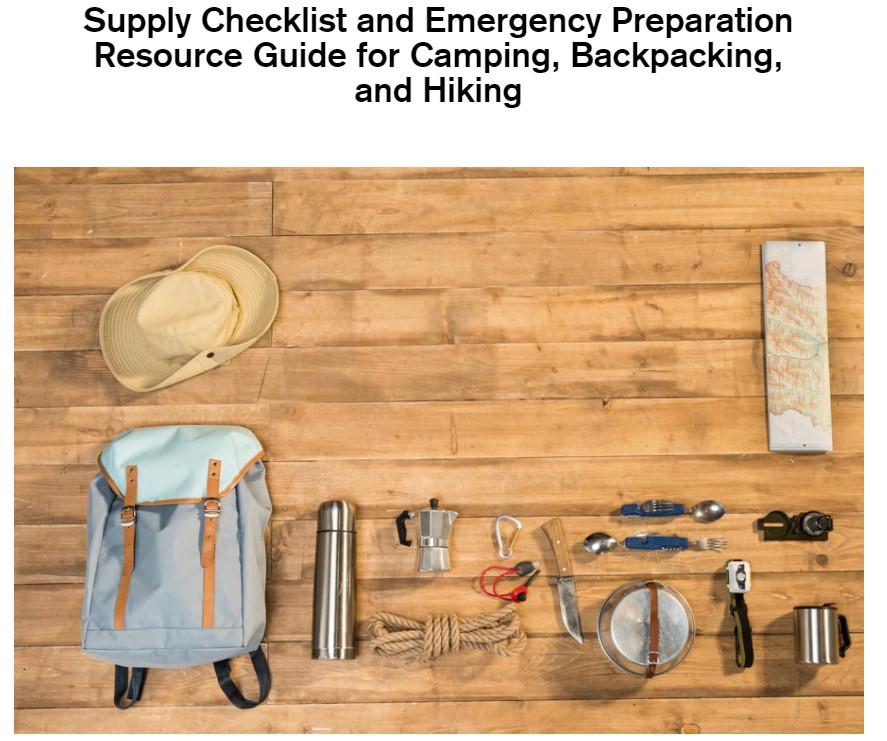

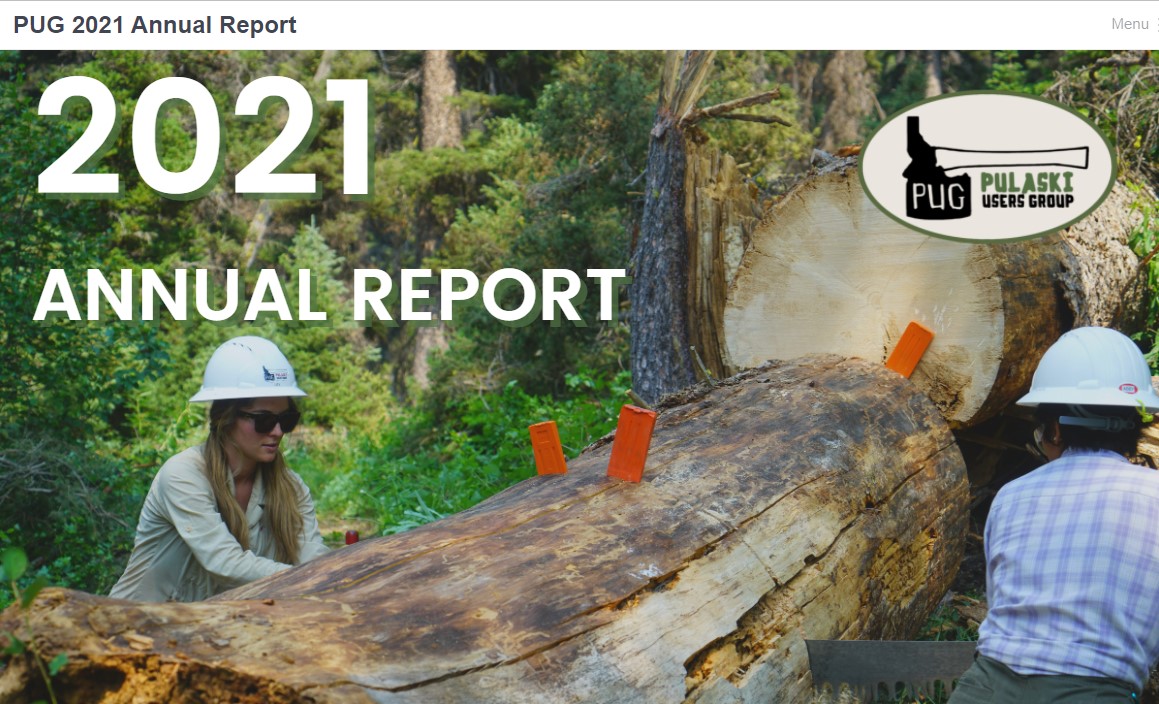
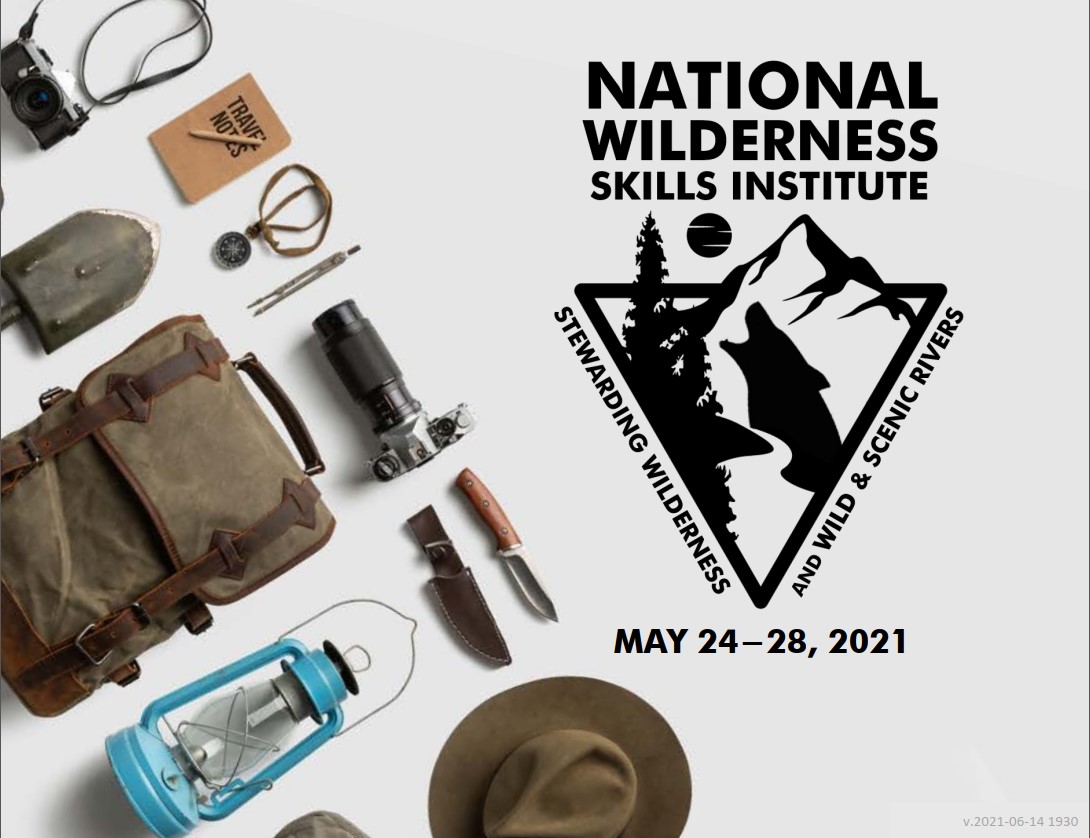
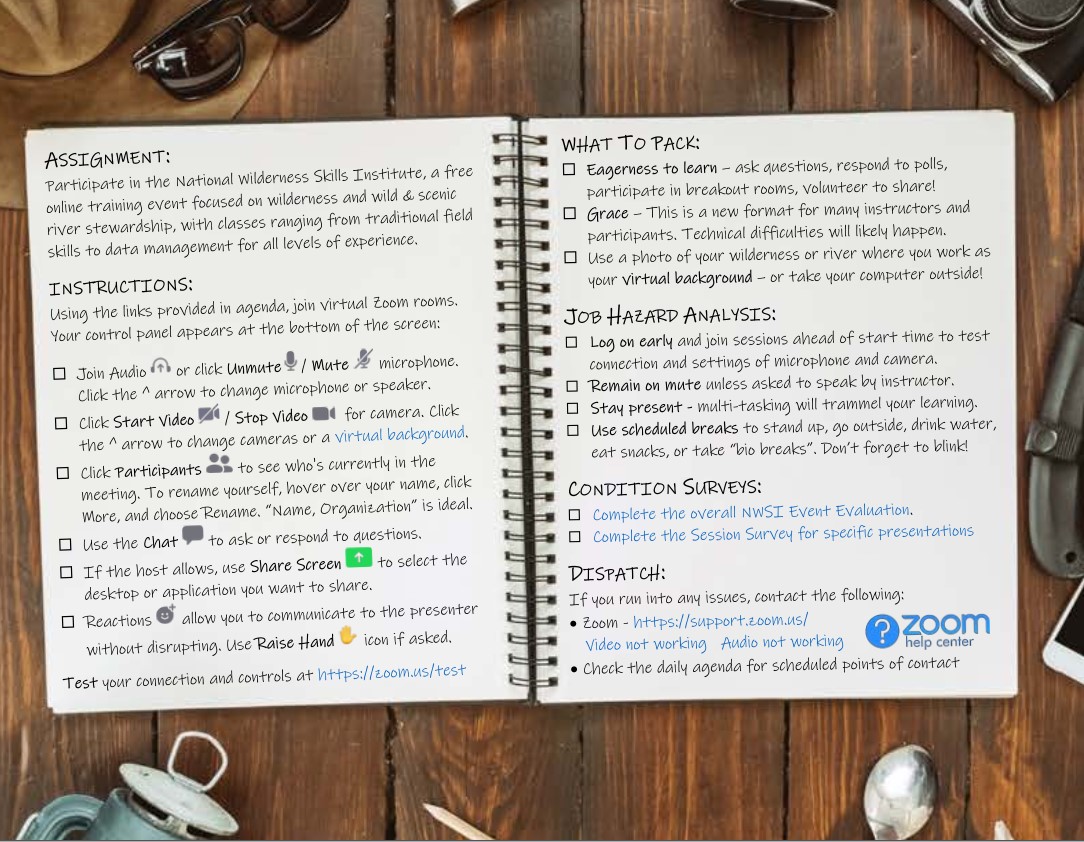
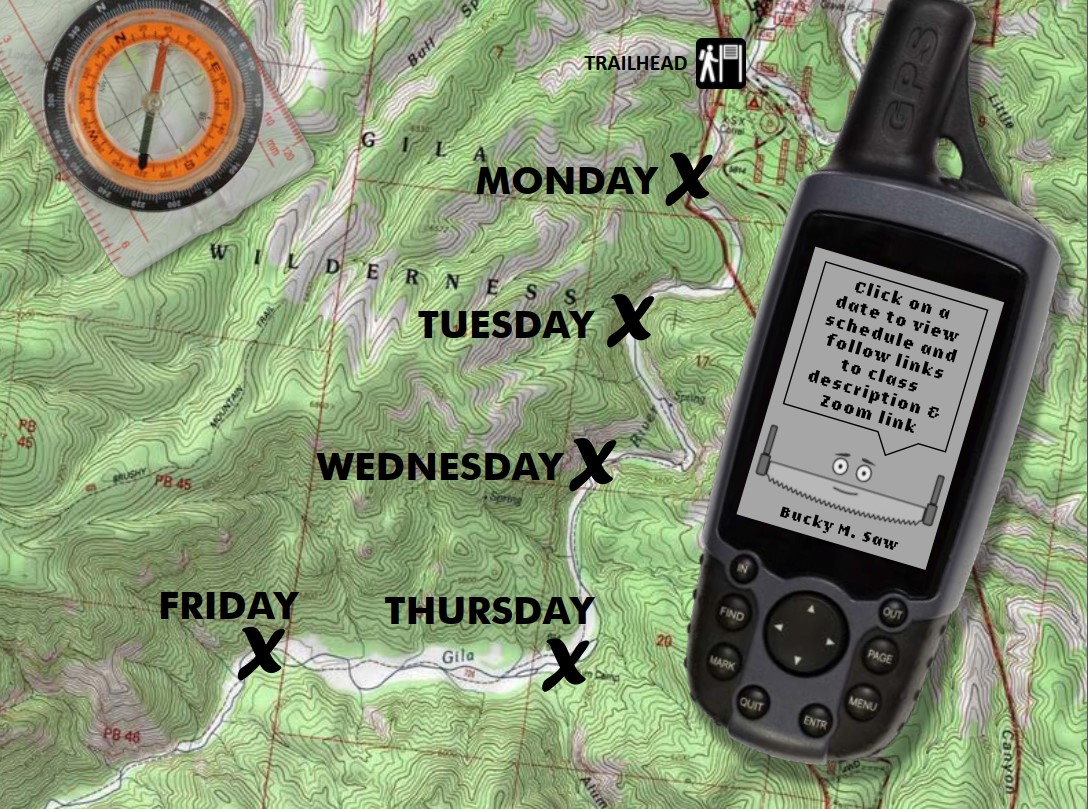

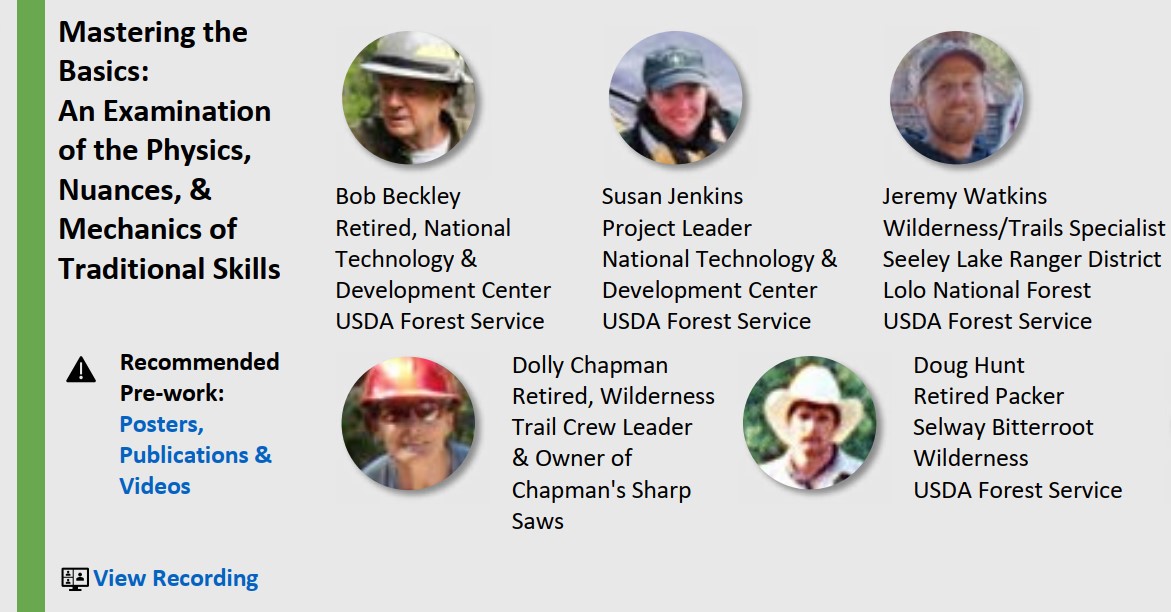






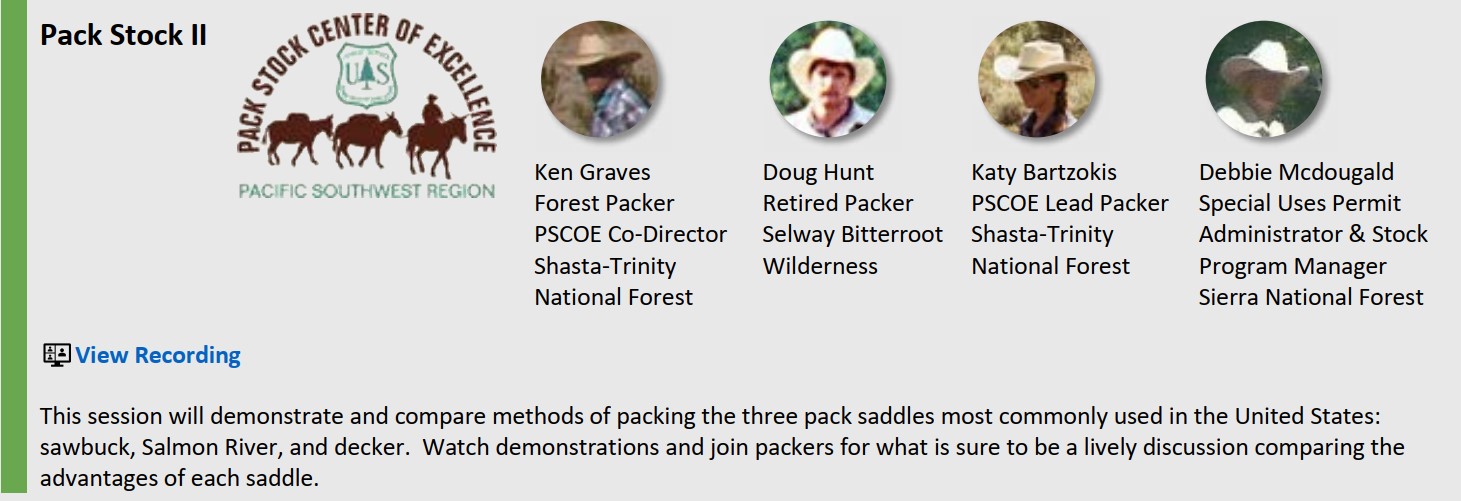
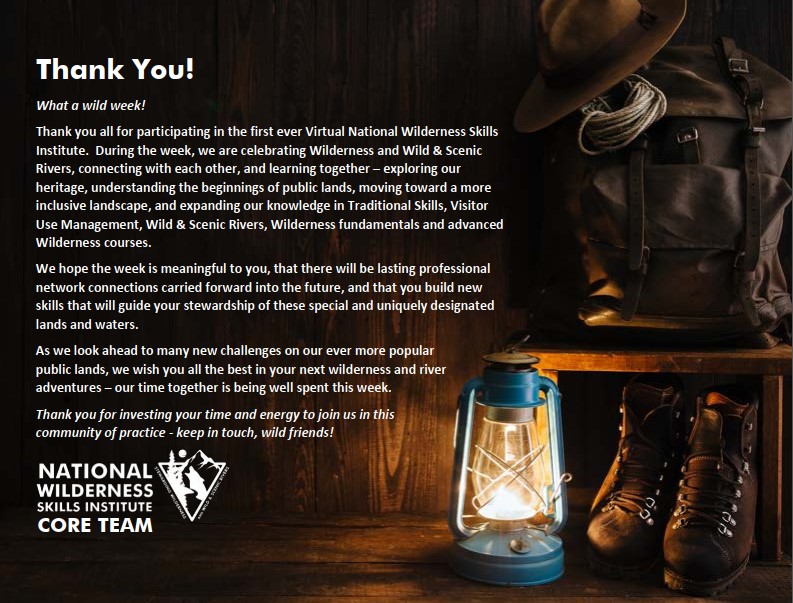




 IDPR Activities
IDPR Activities




